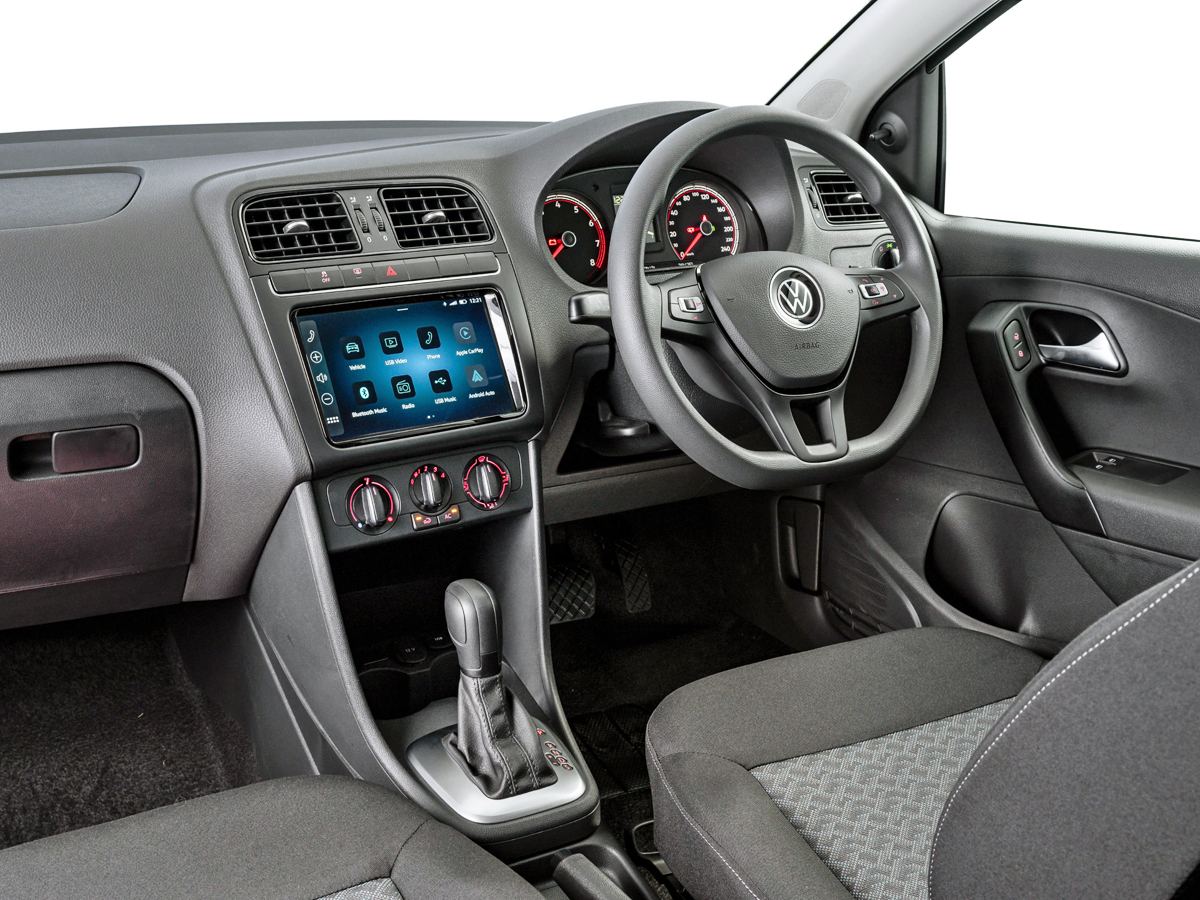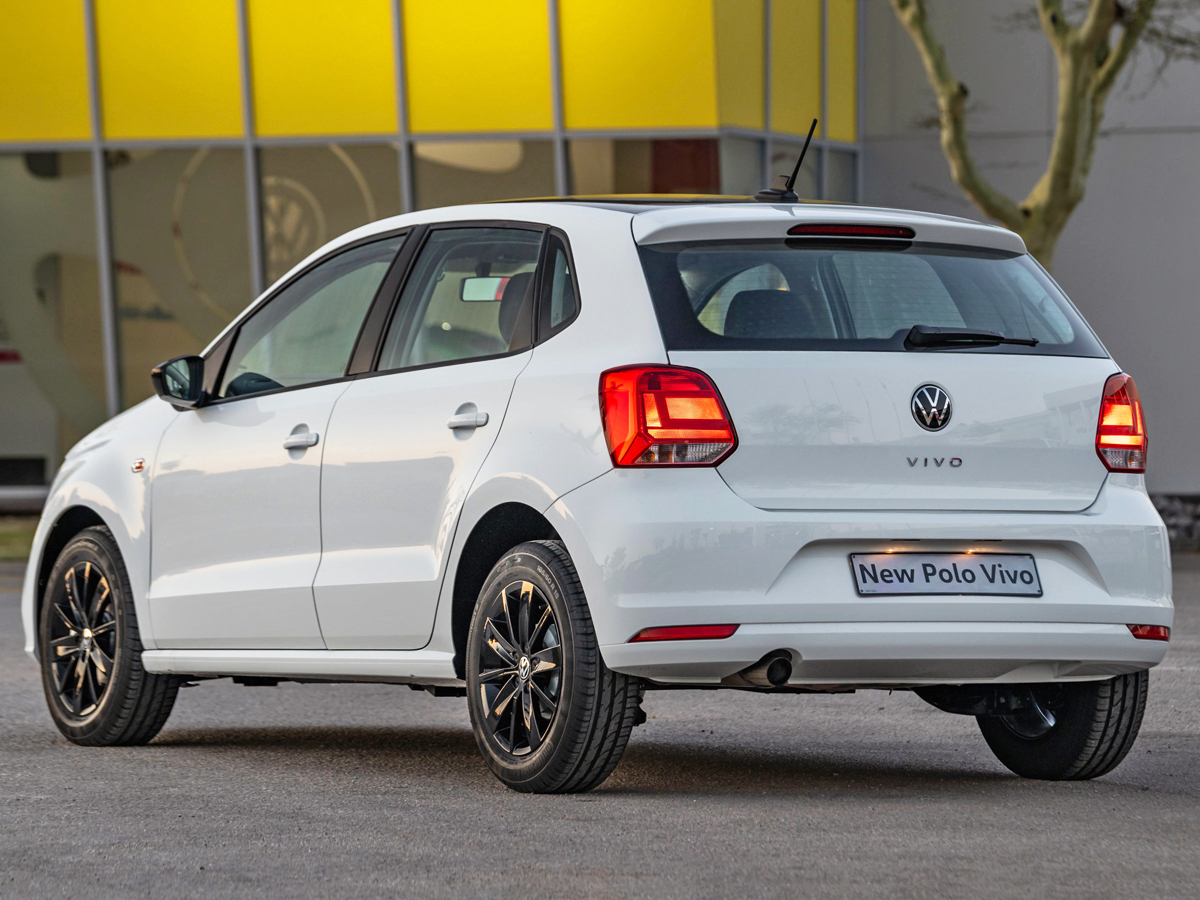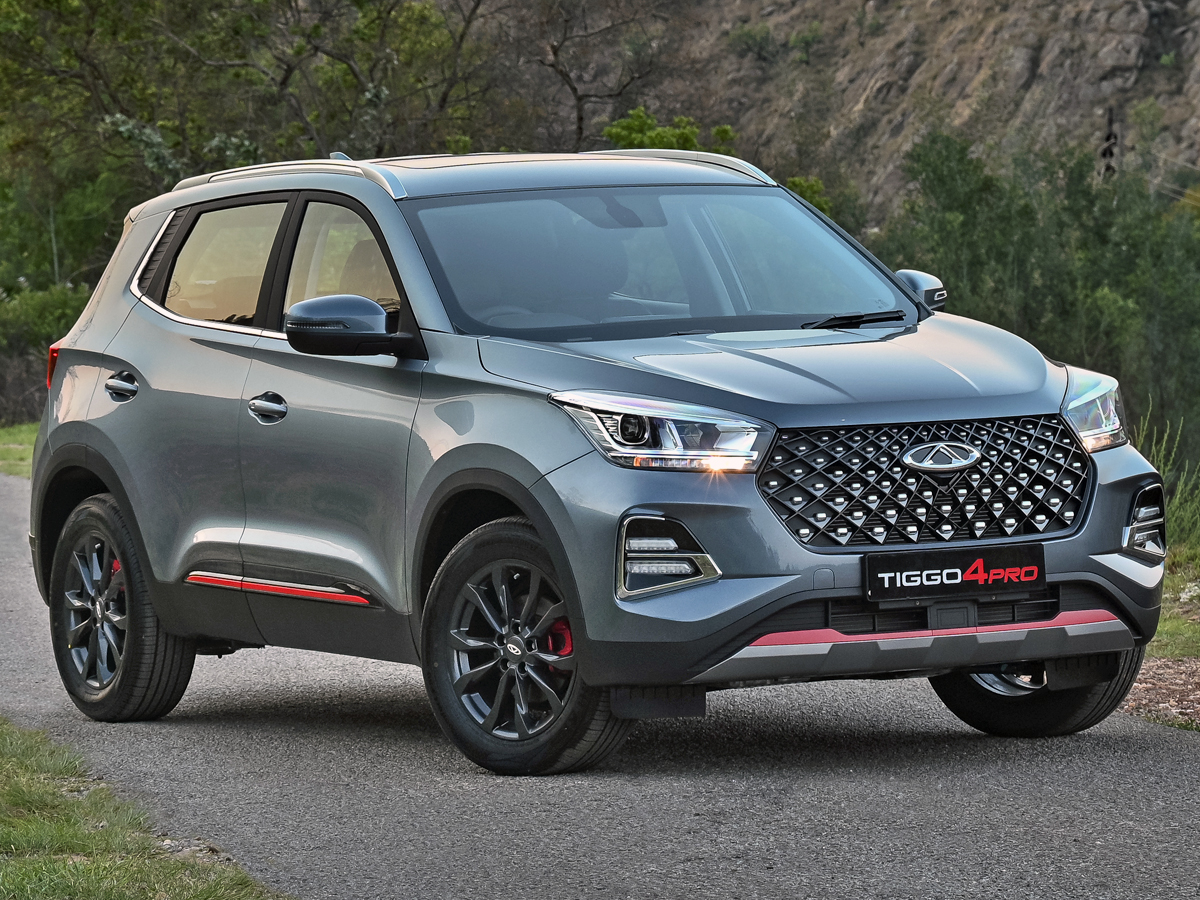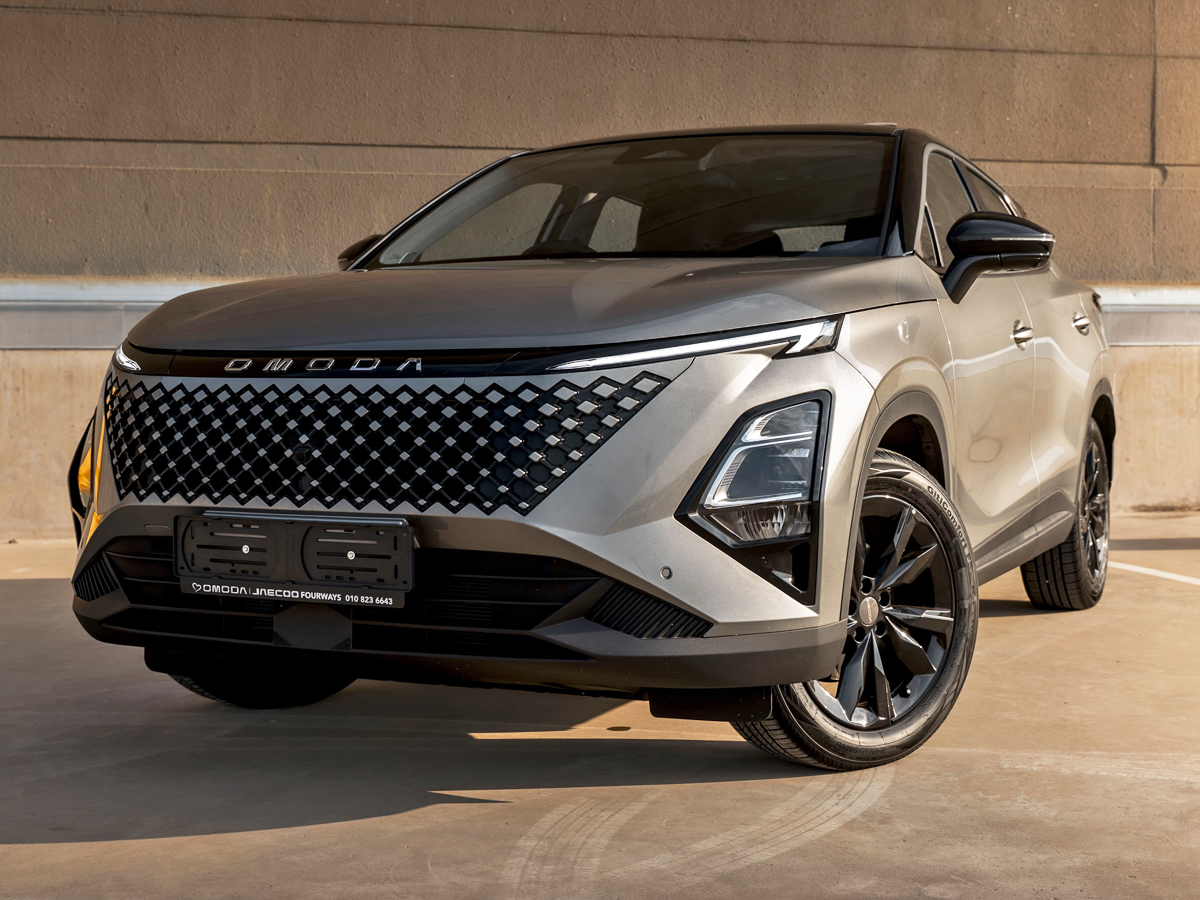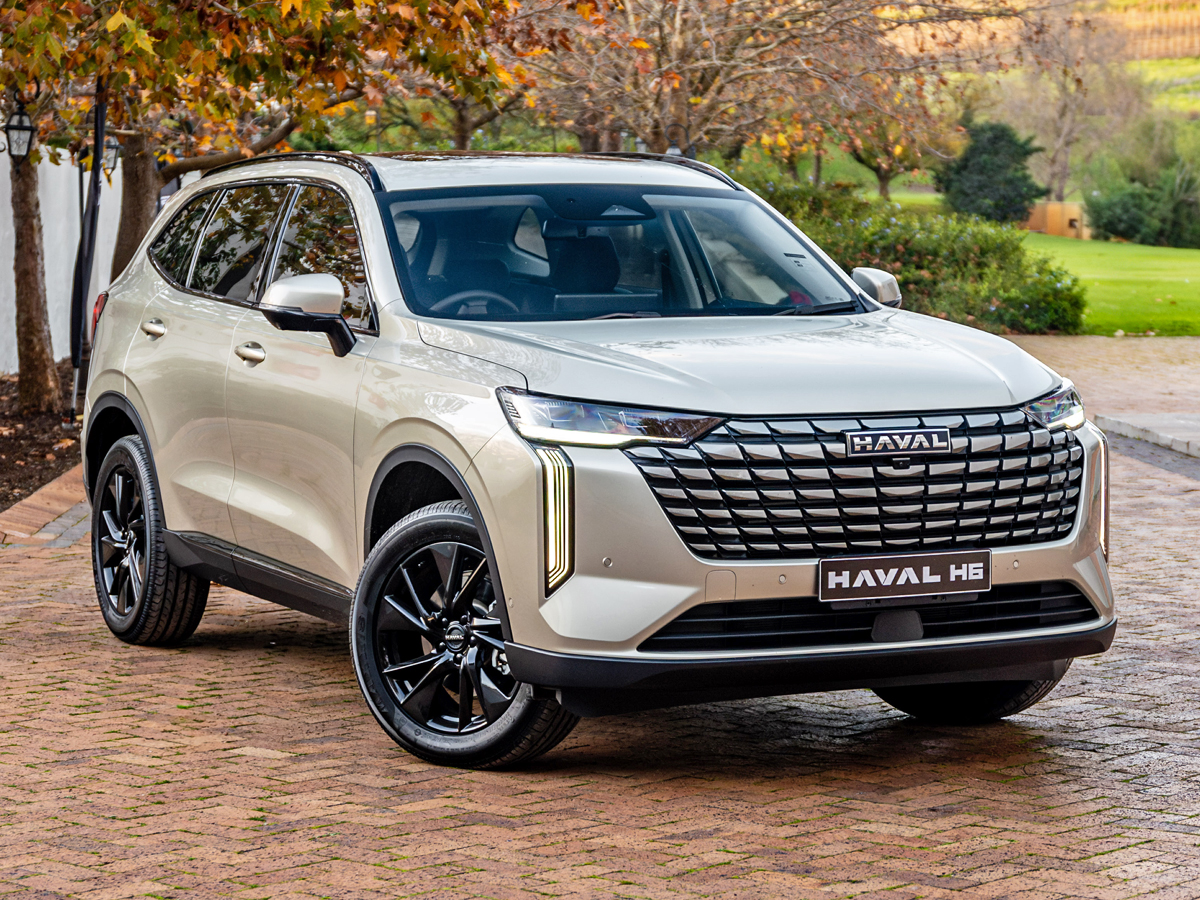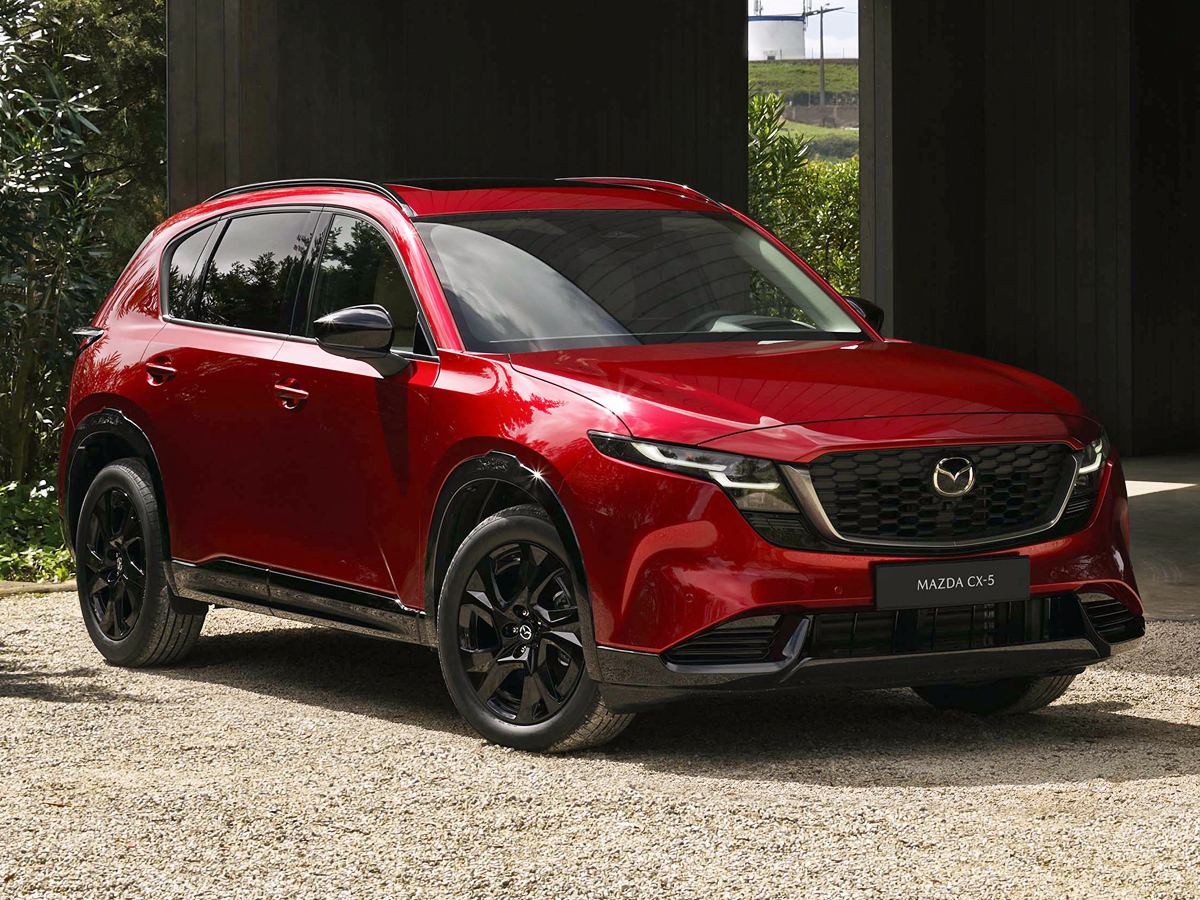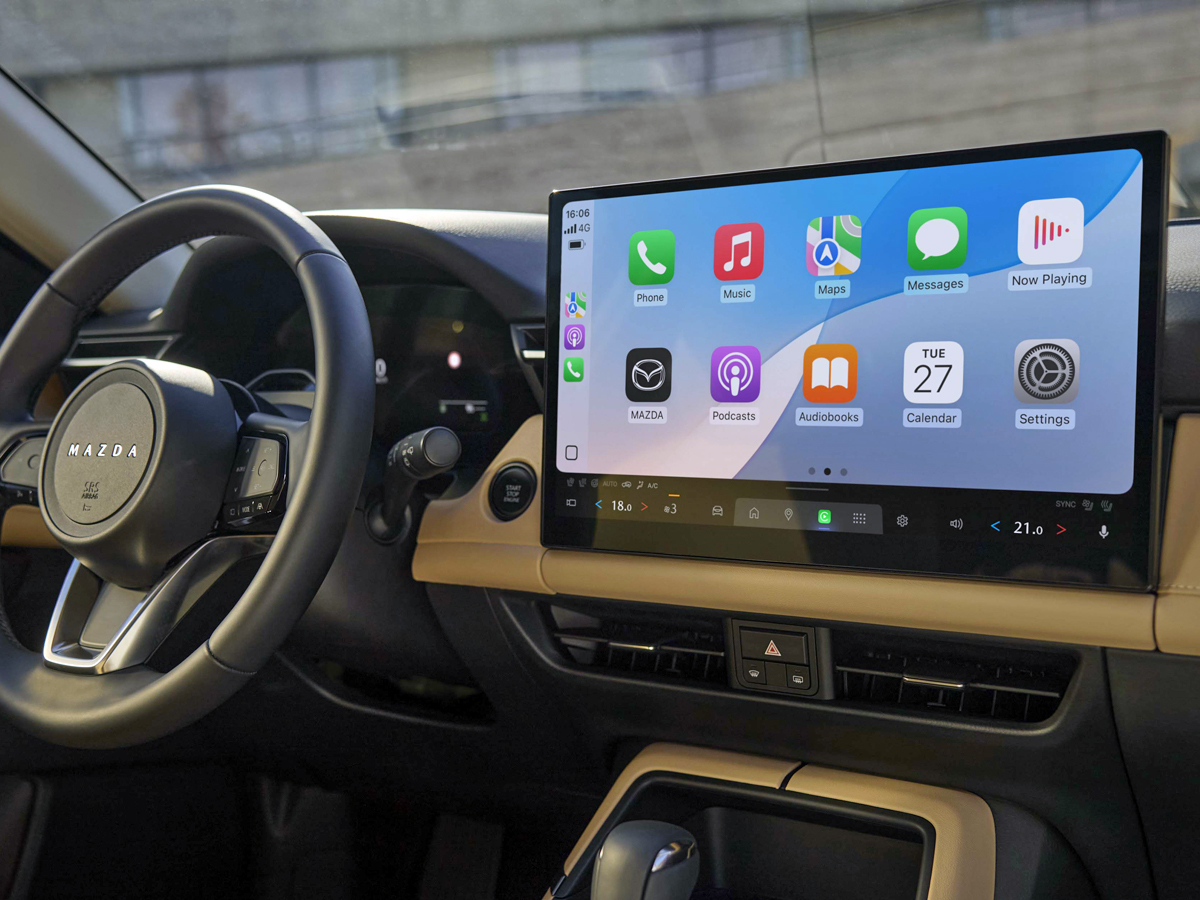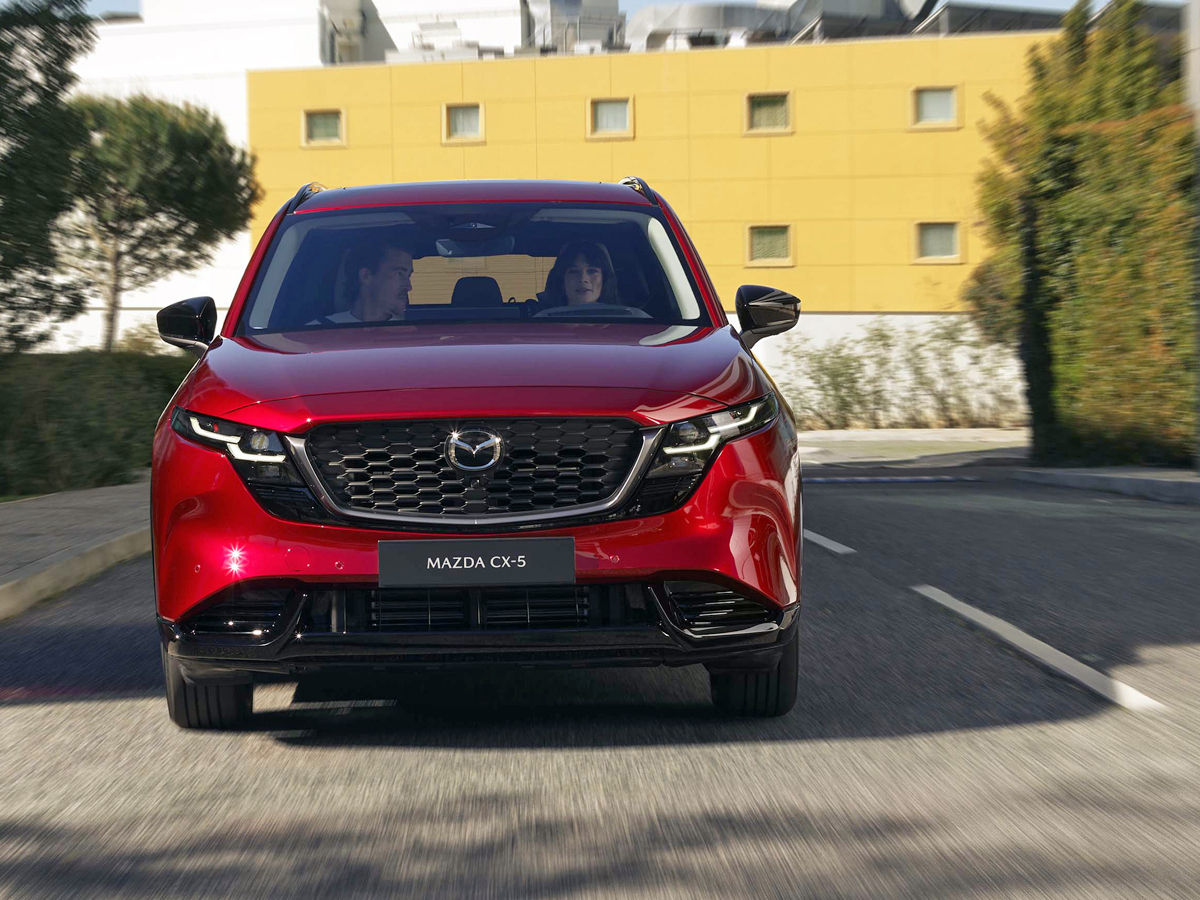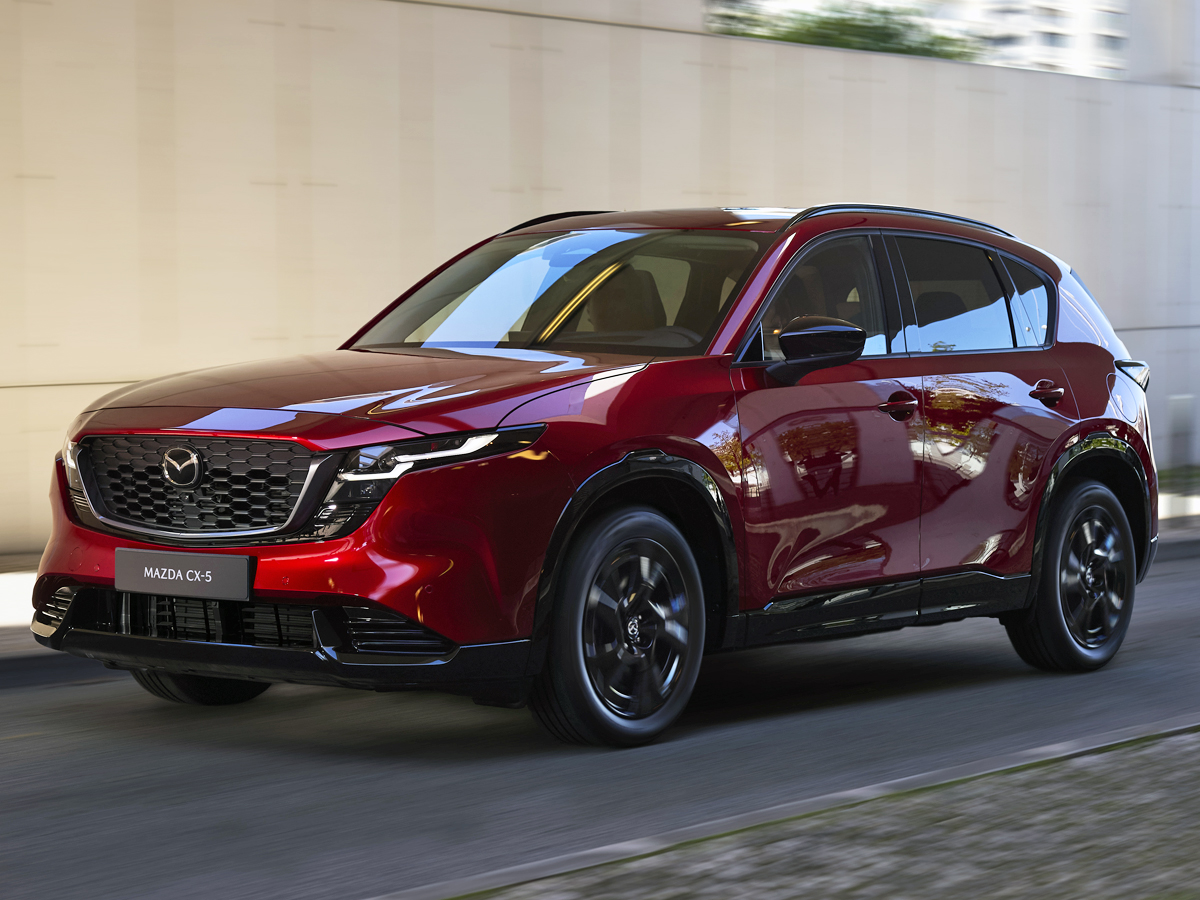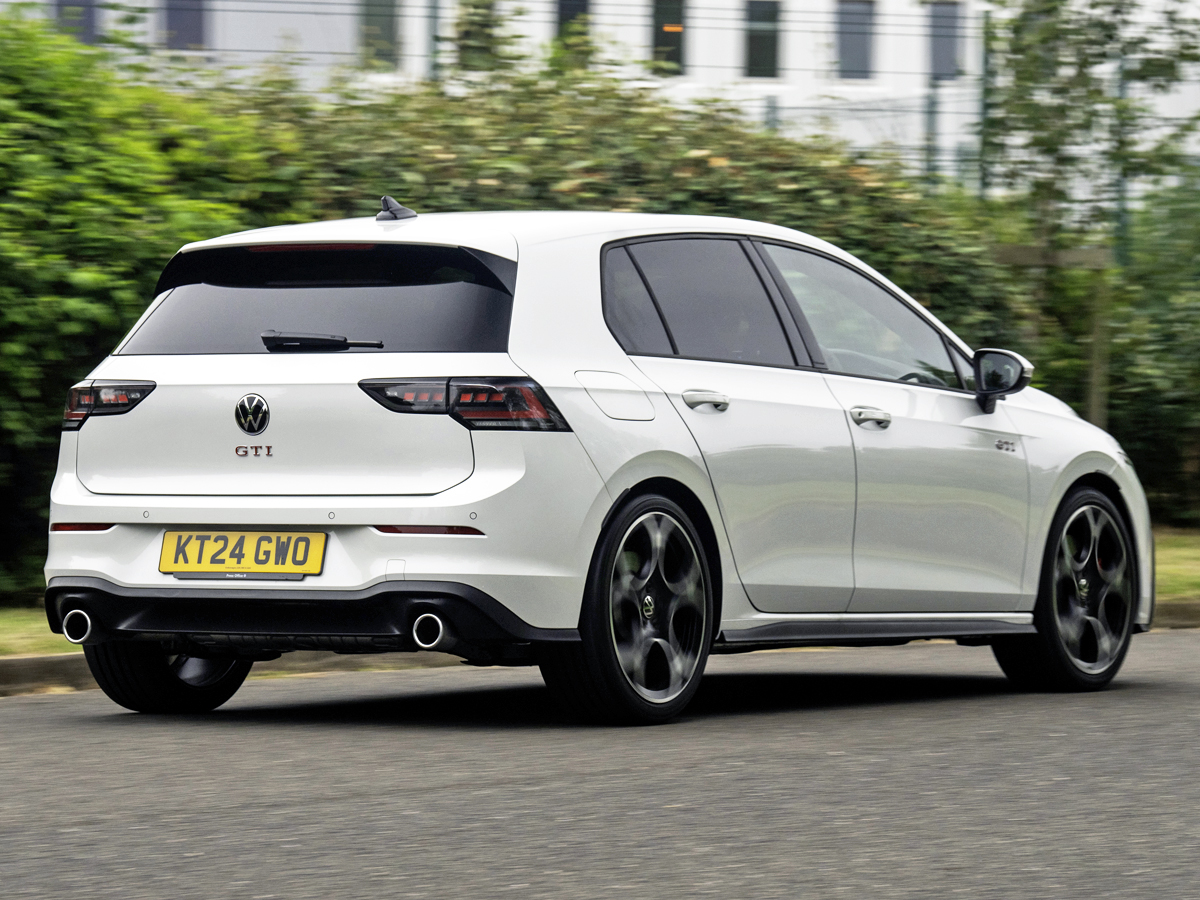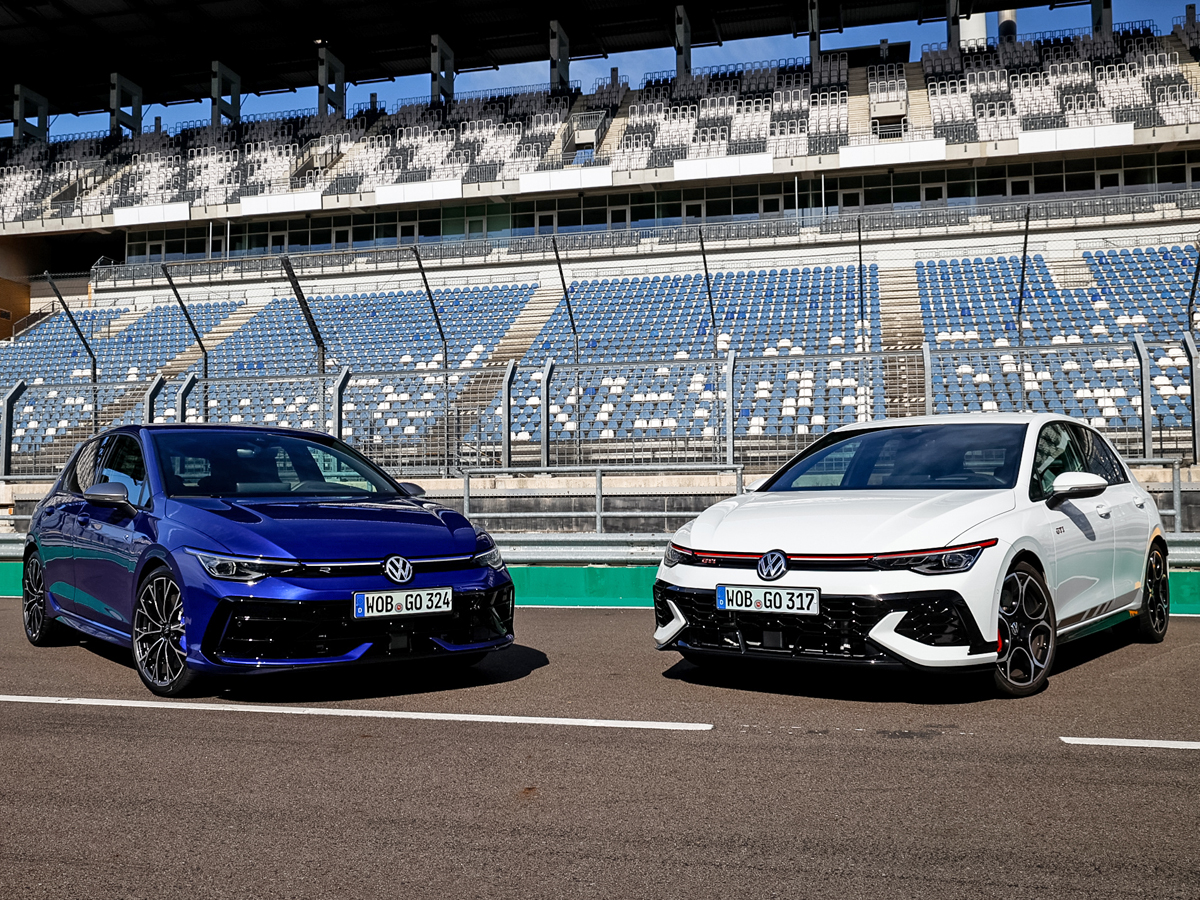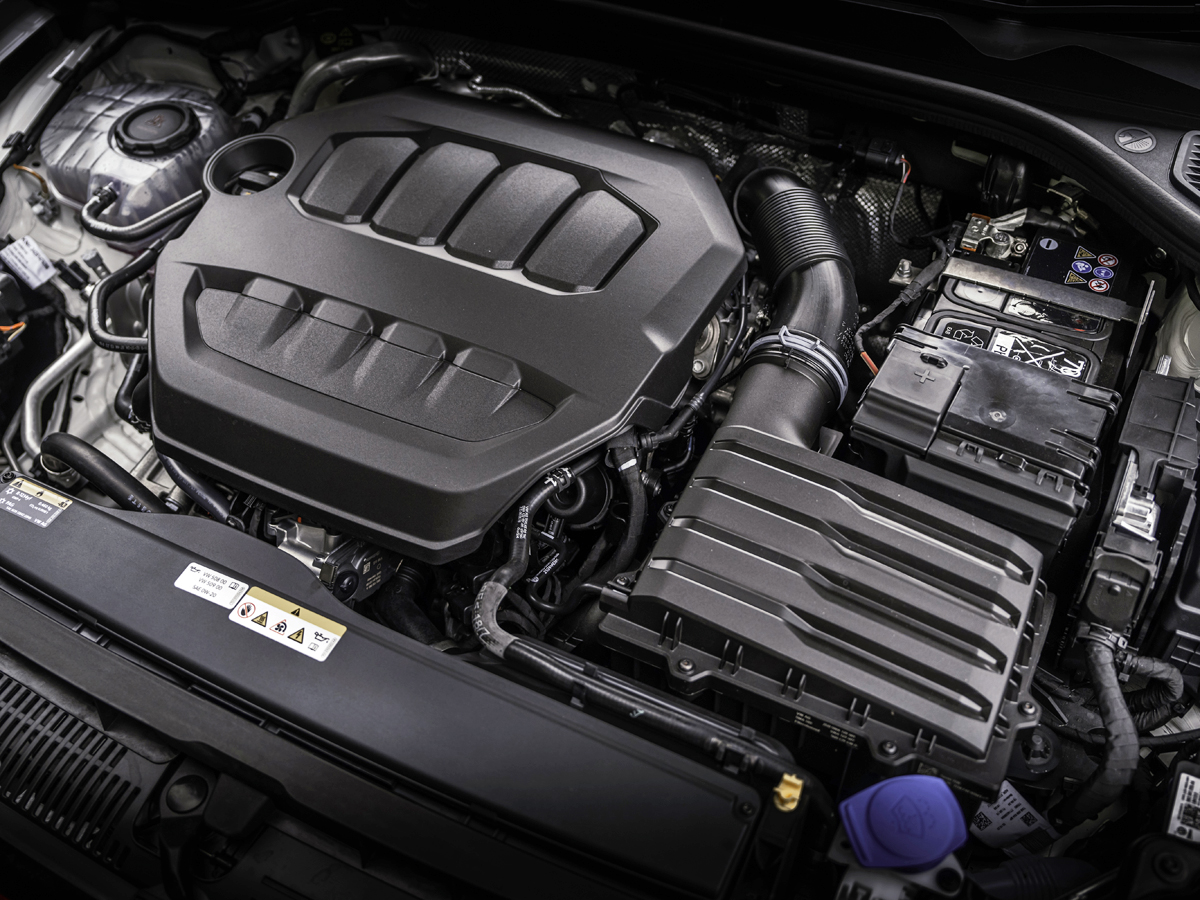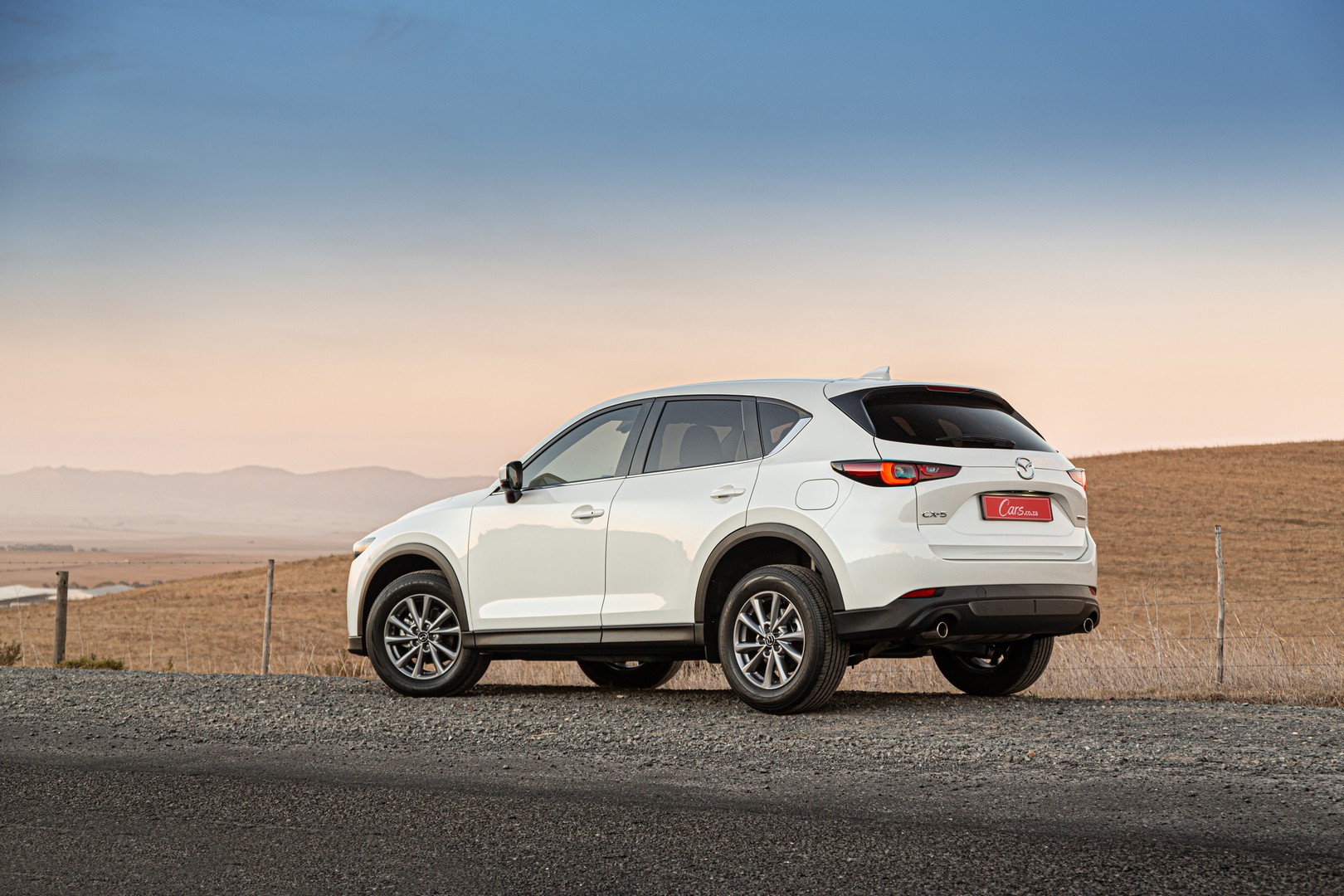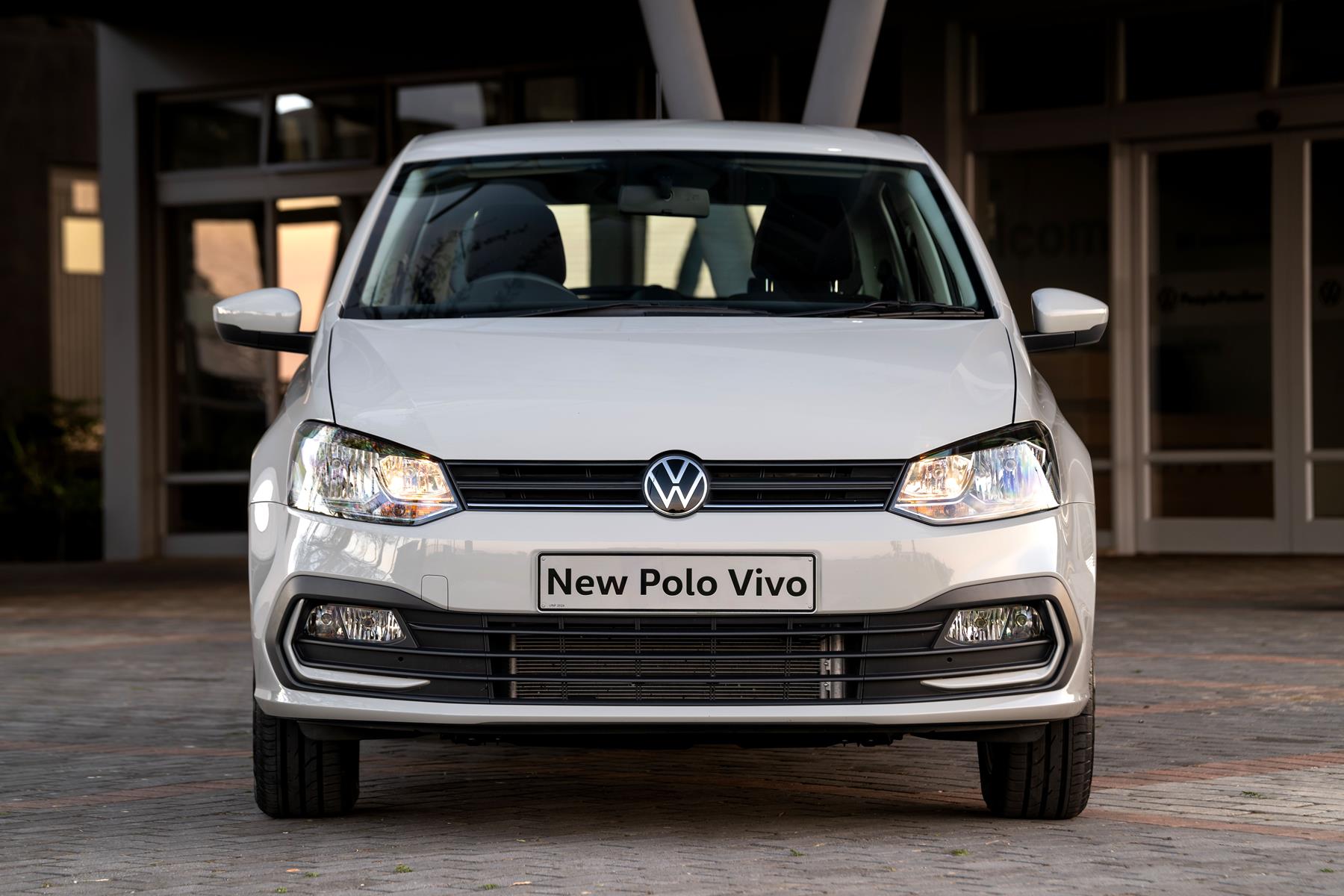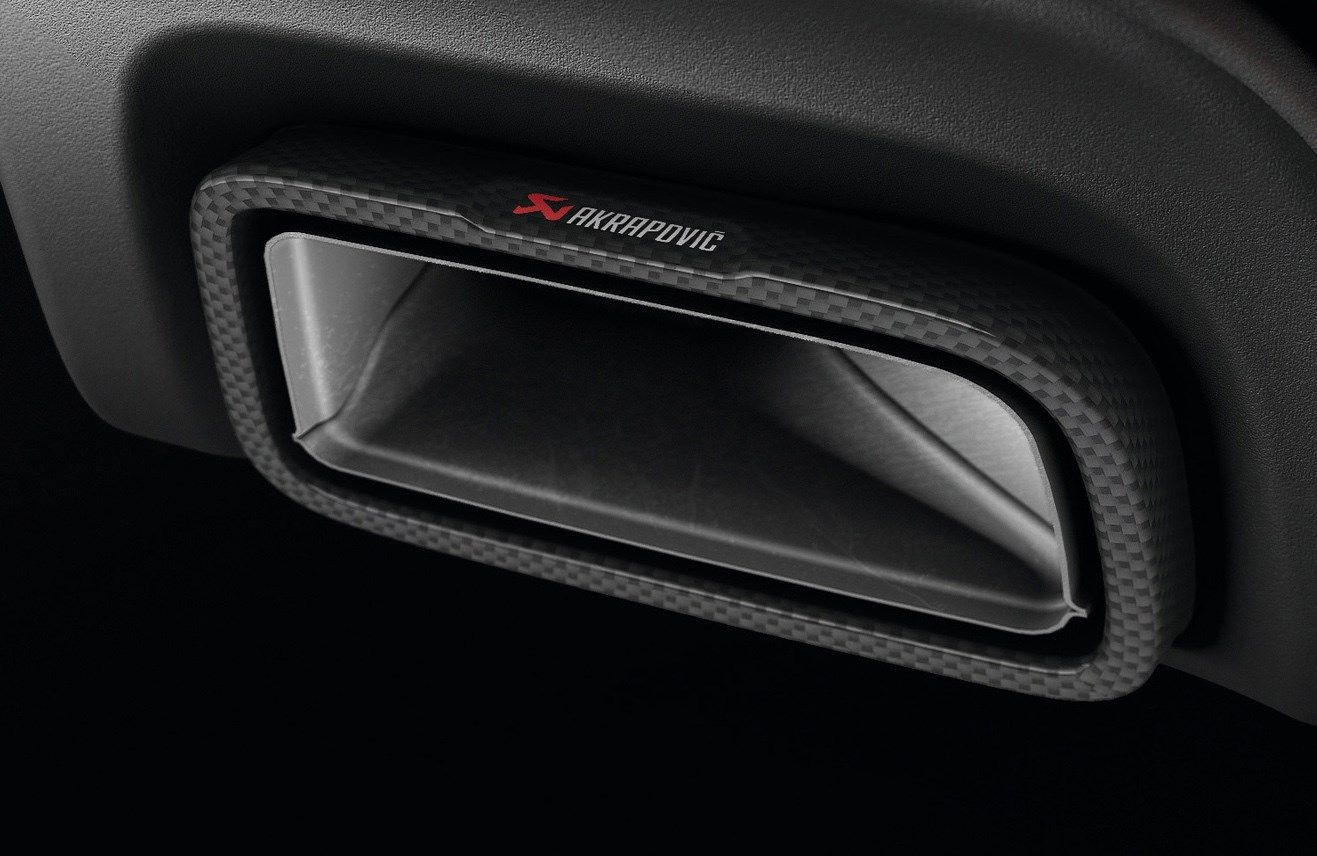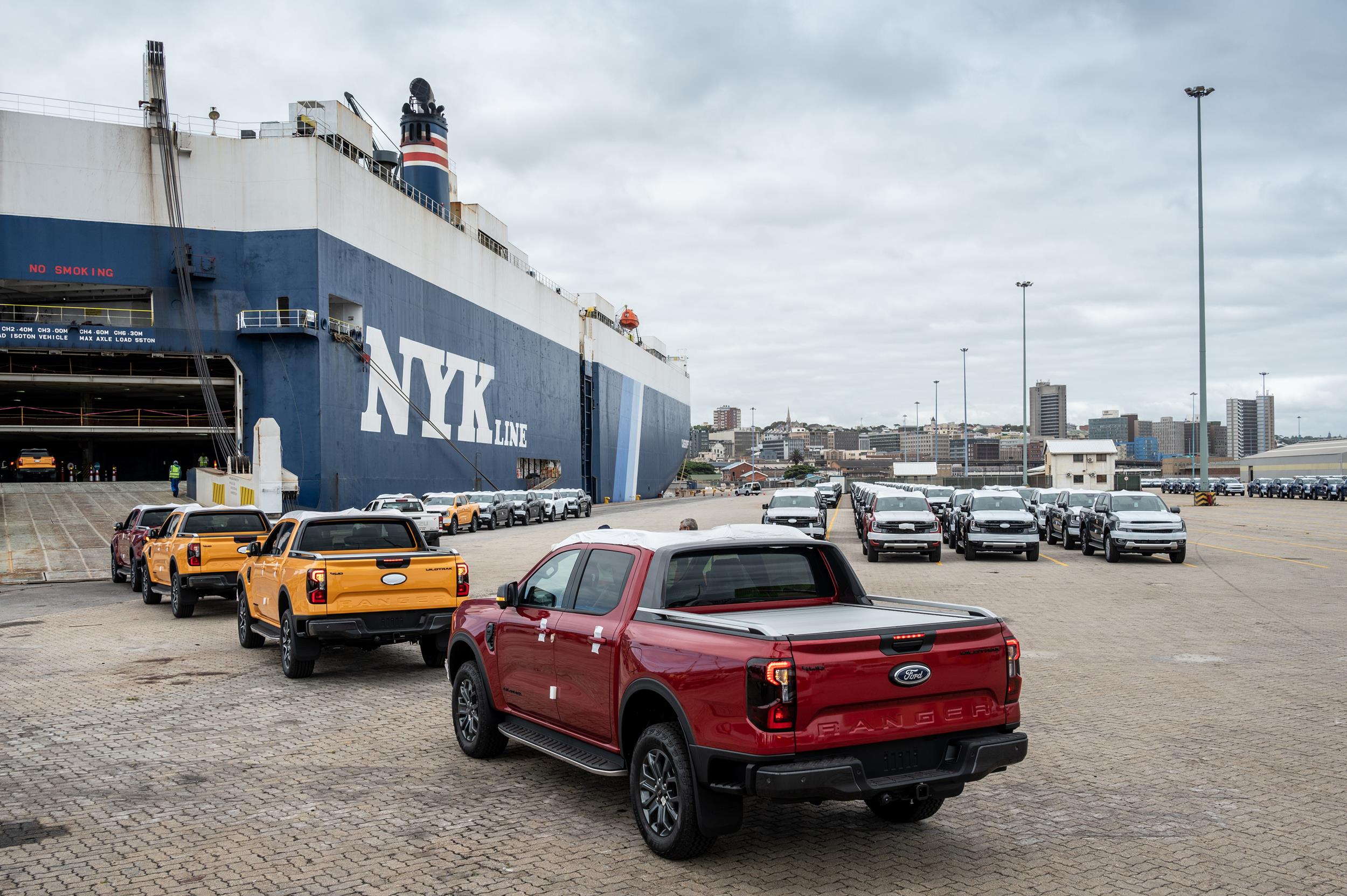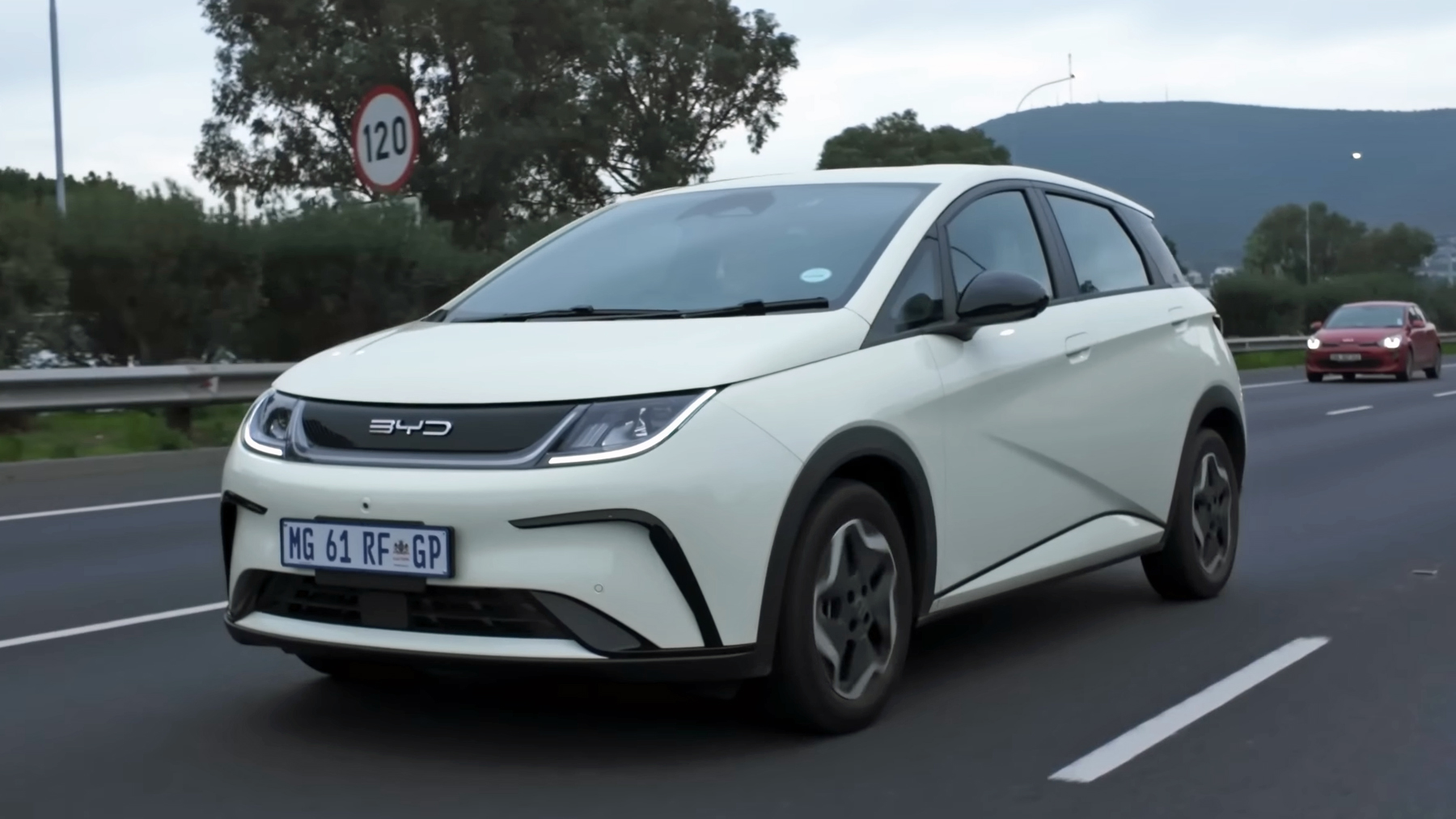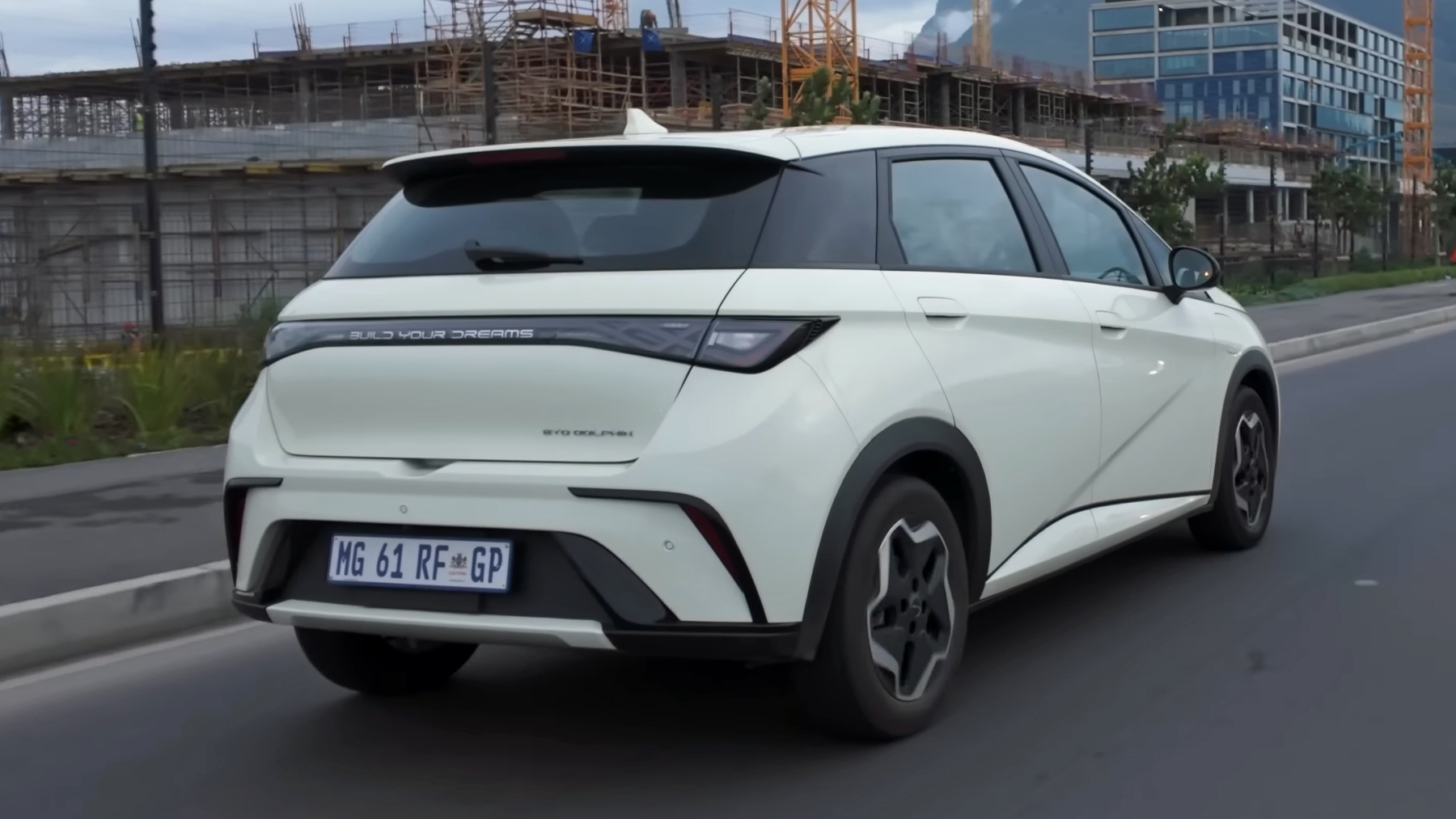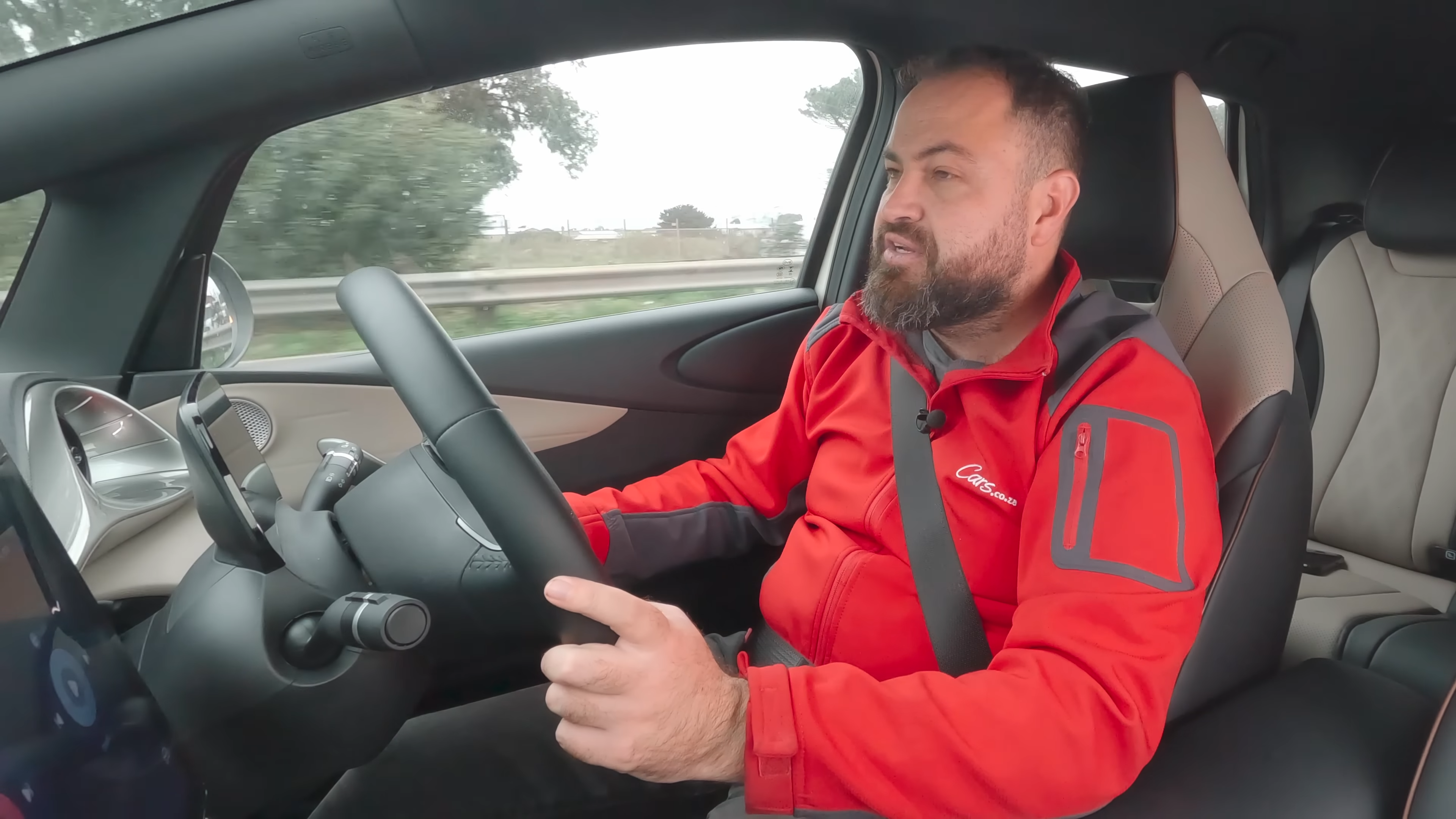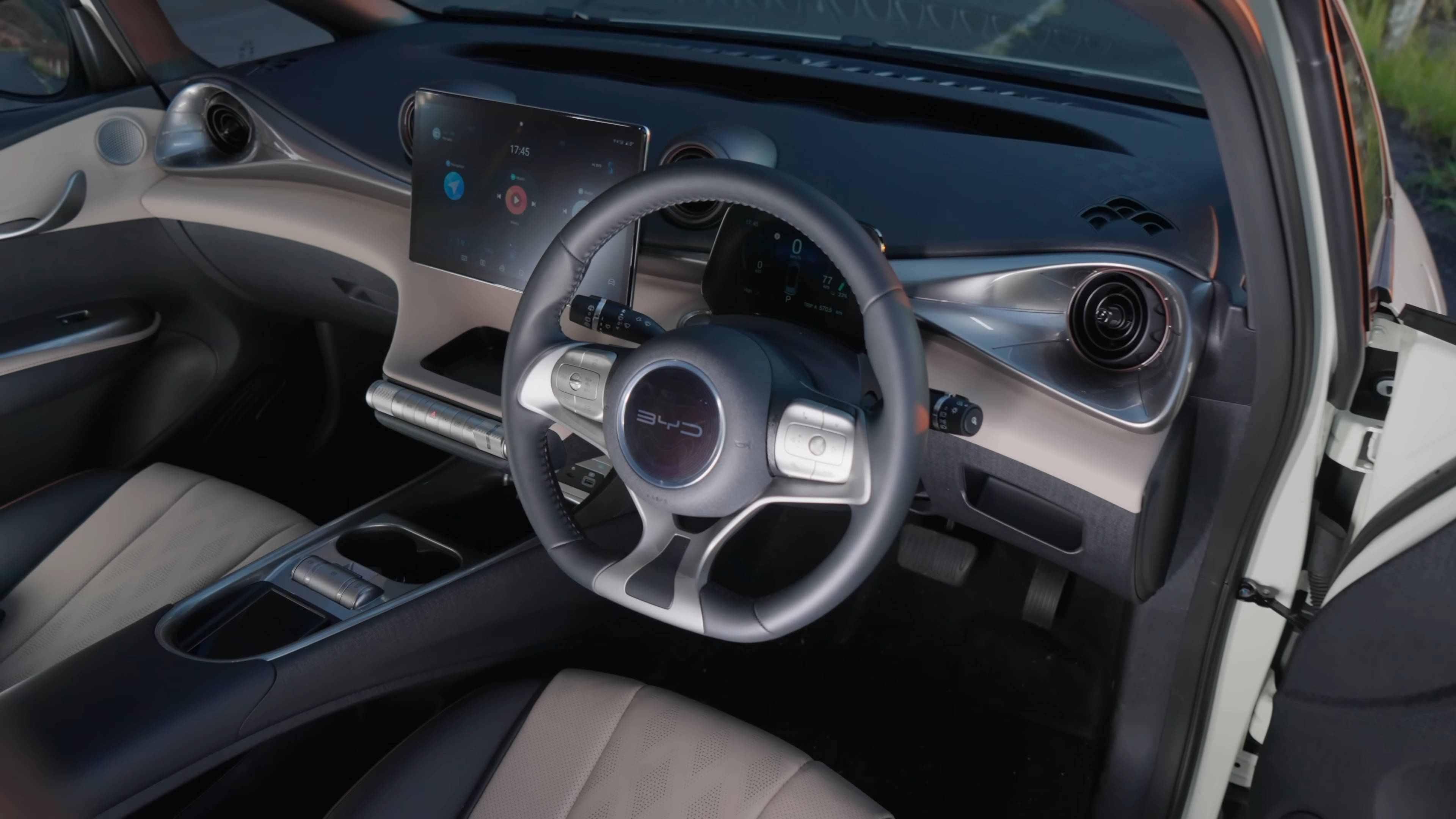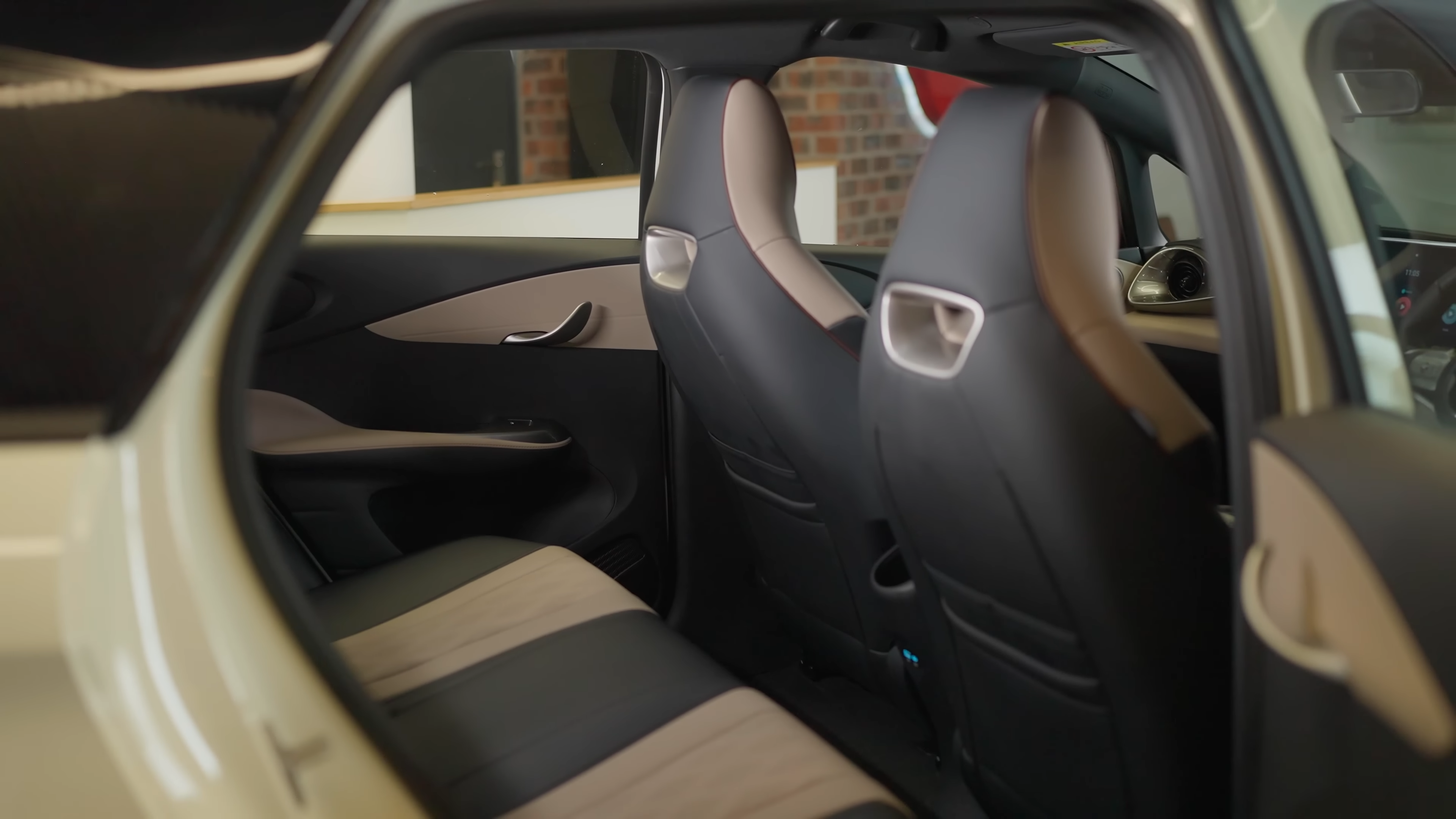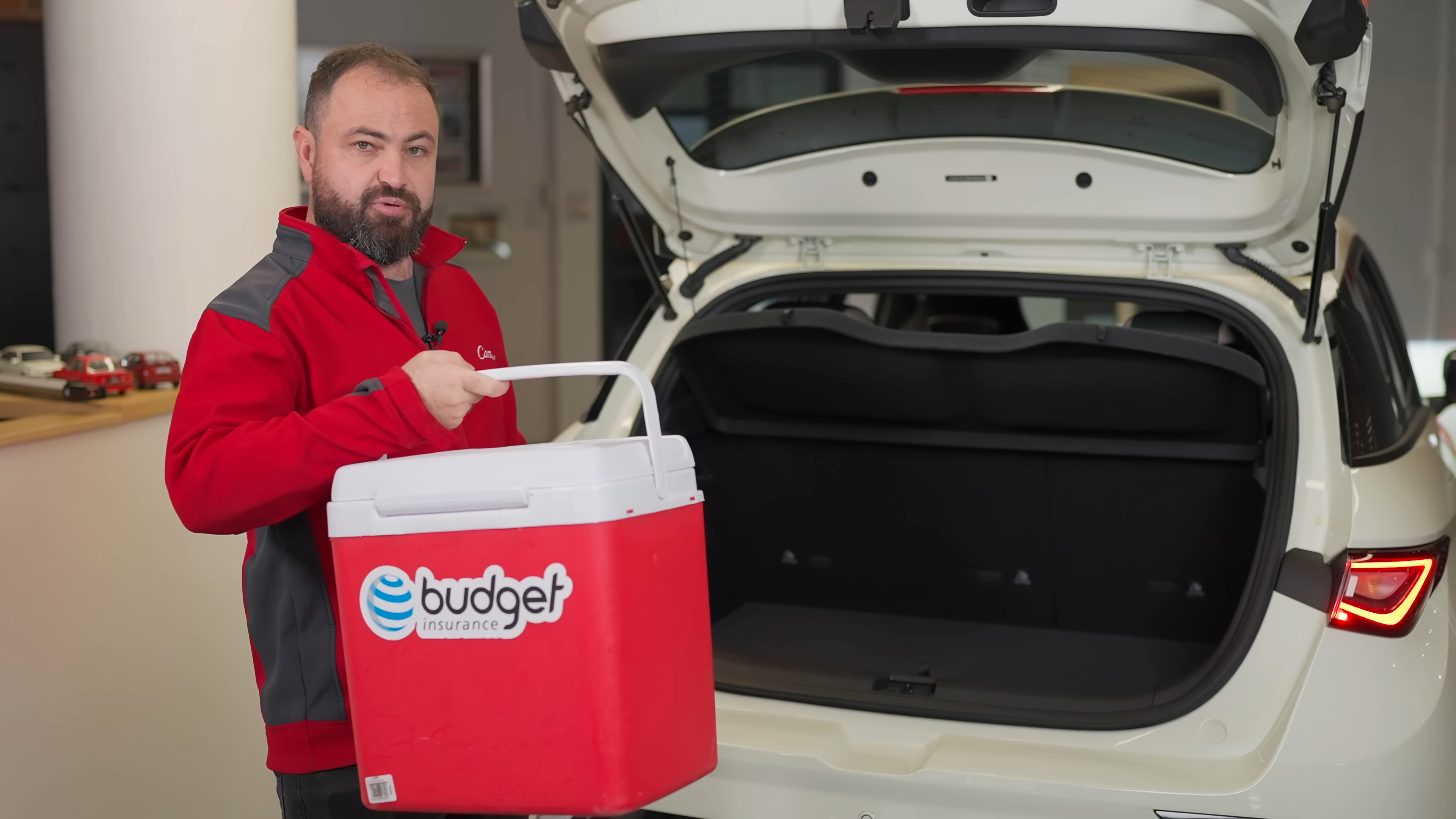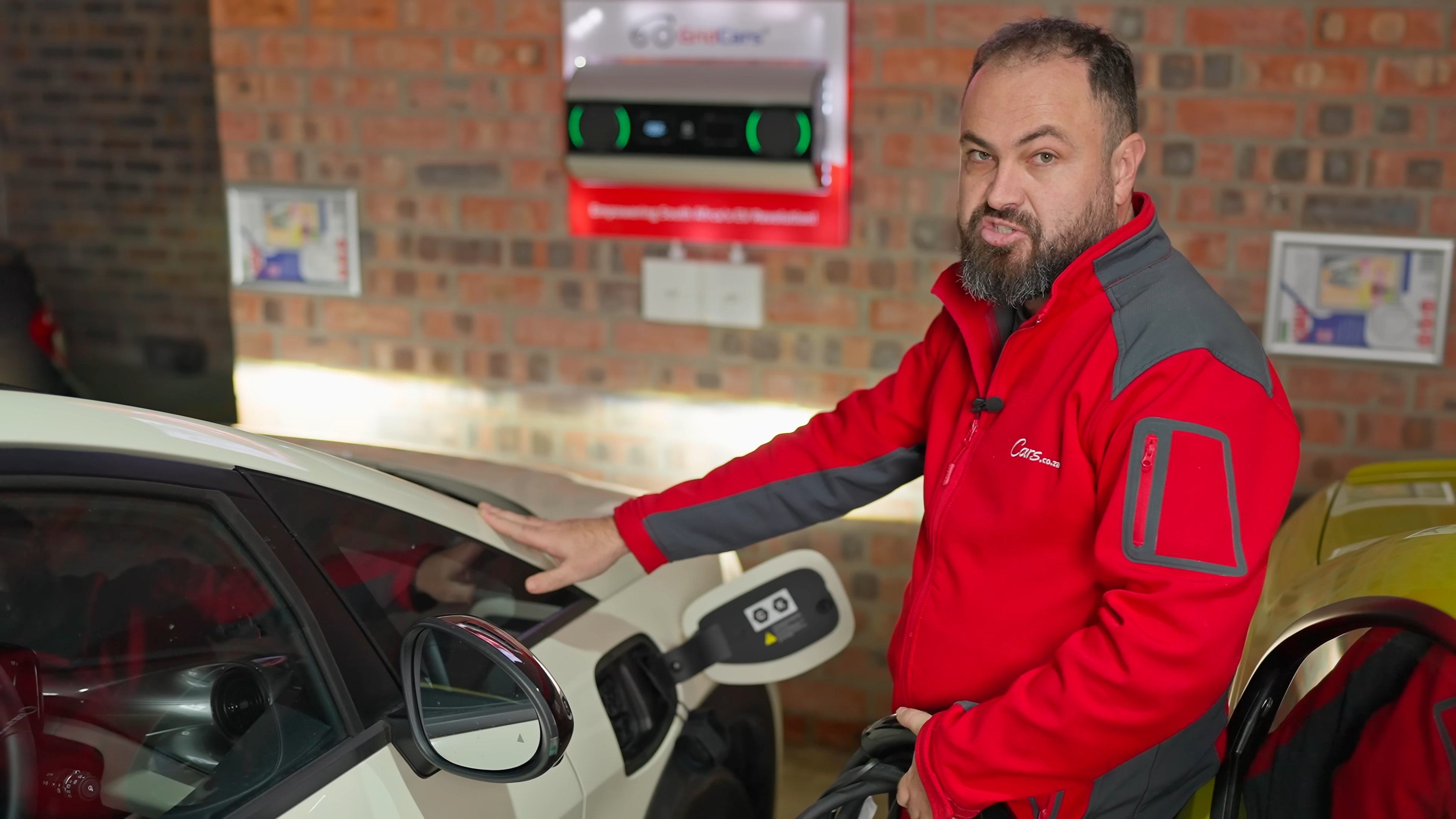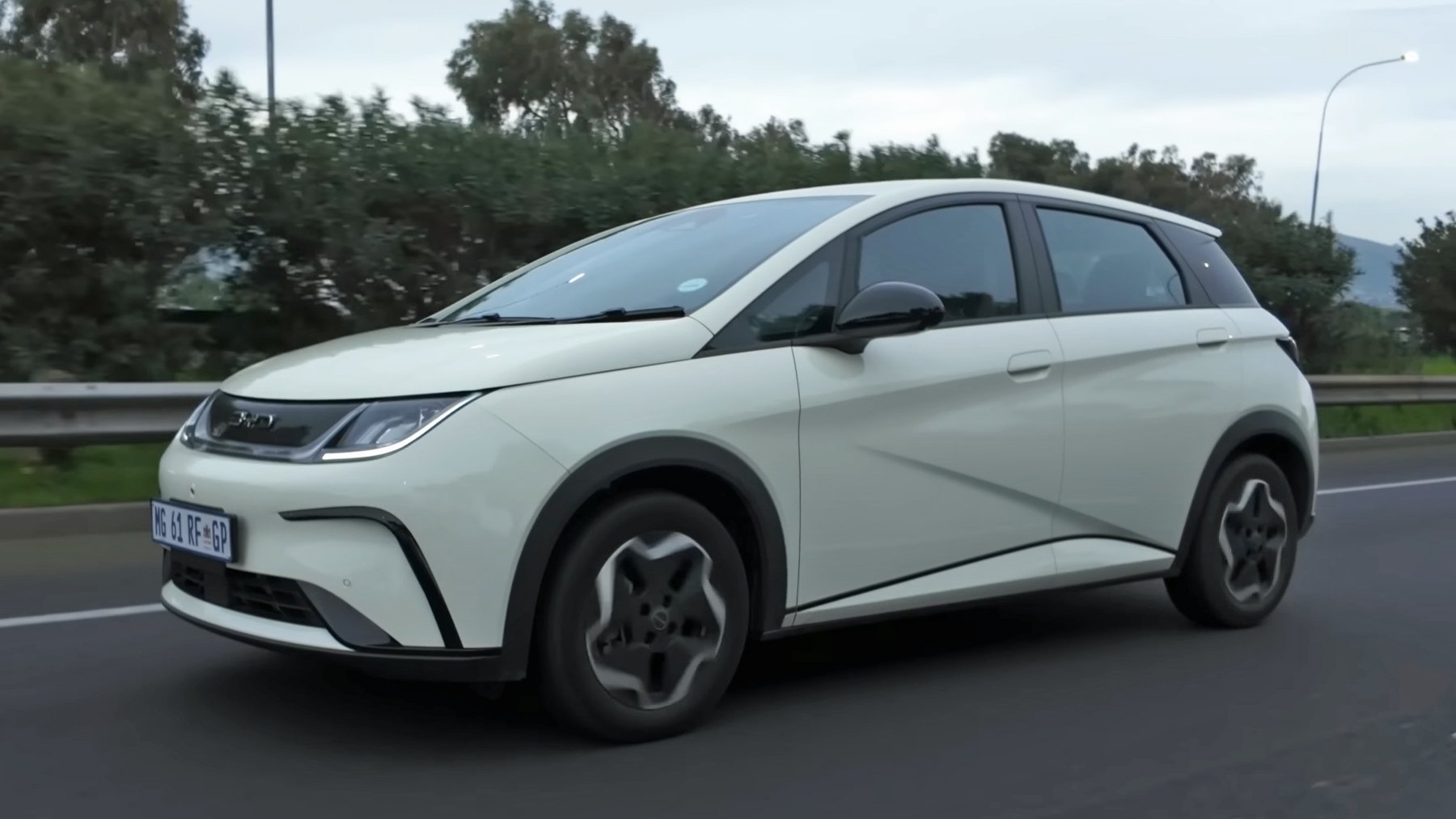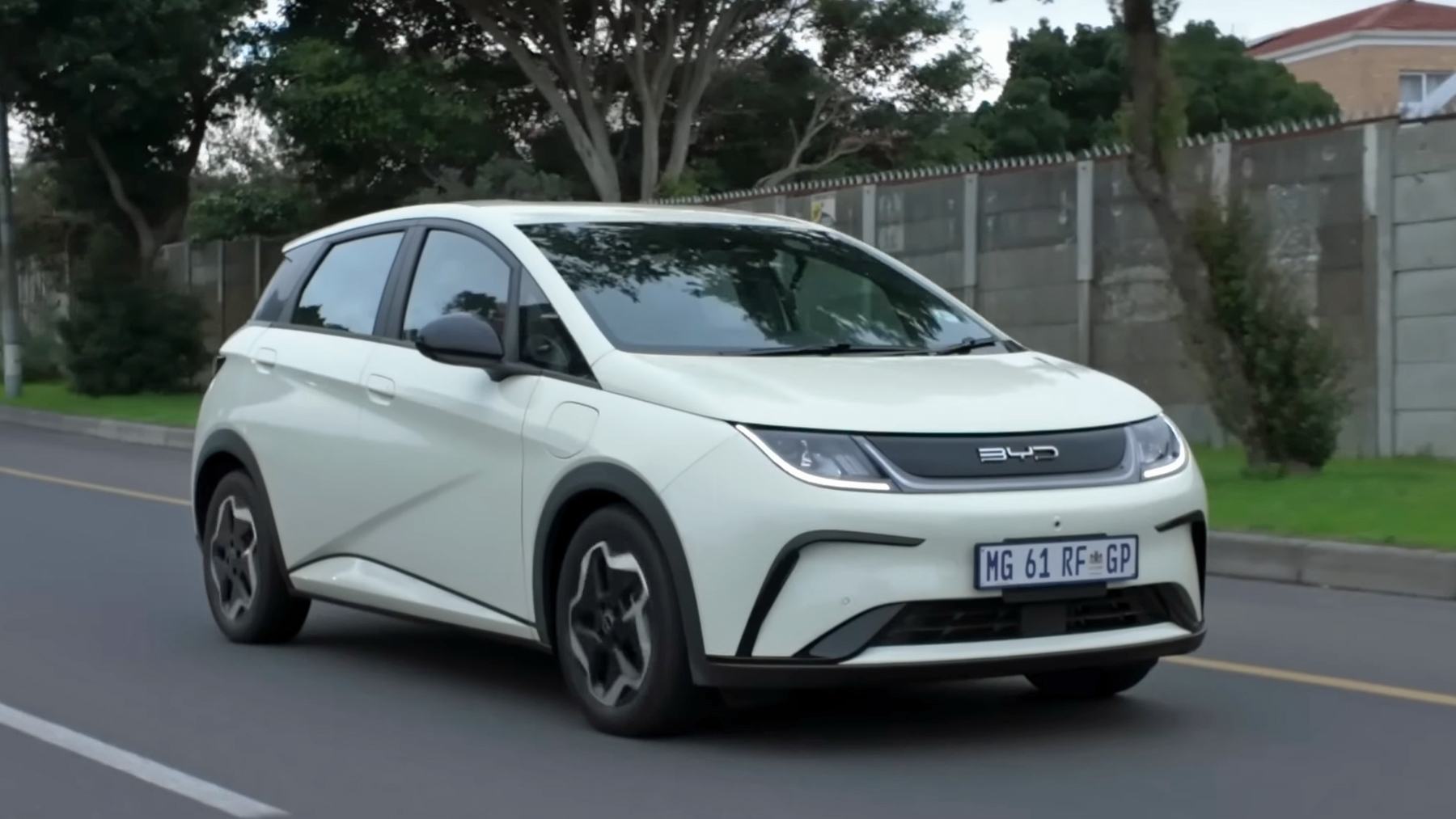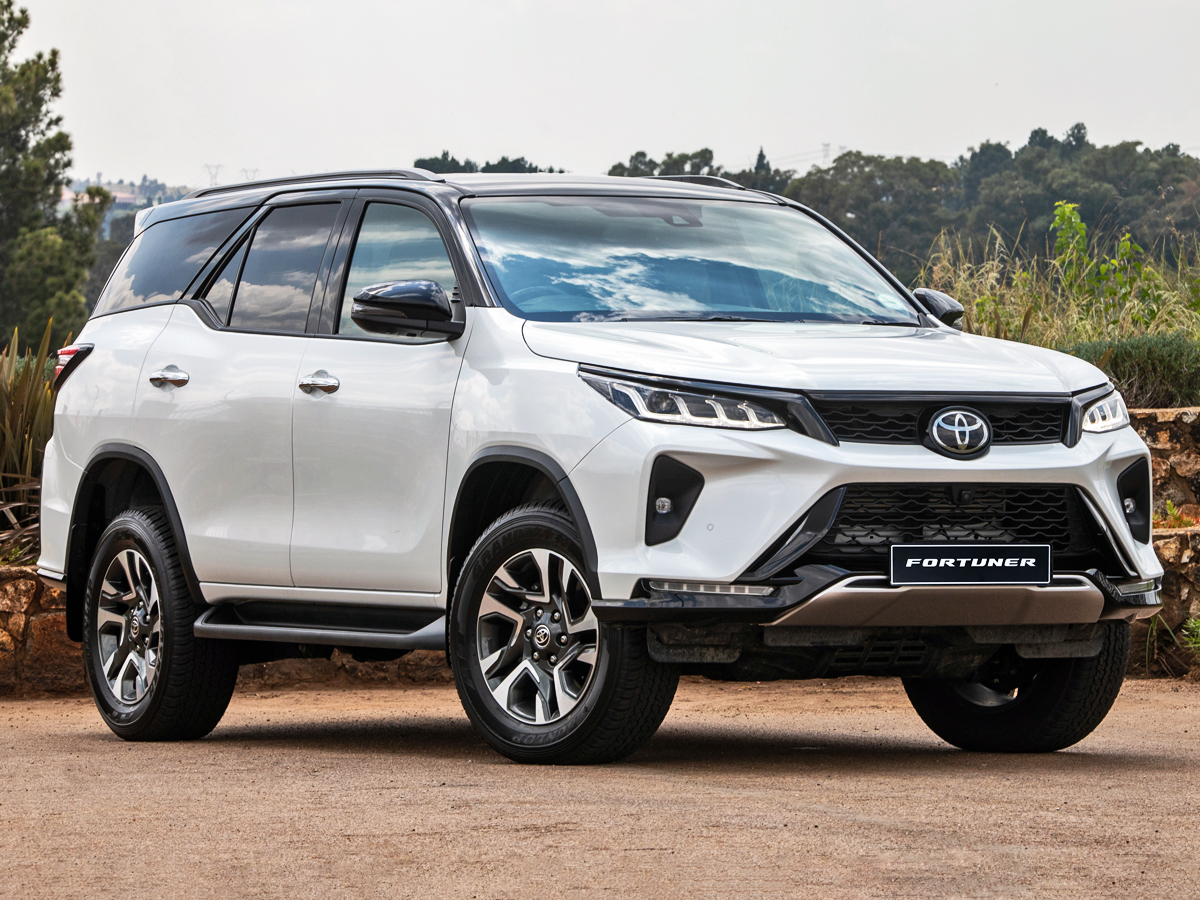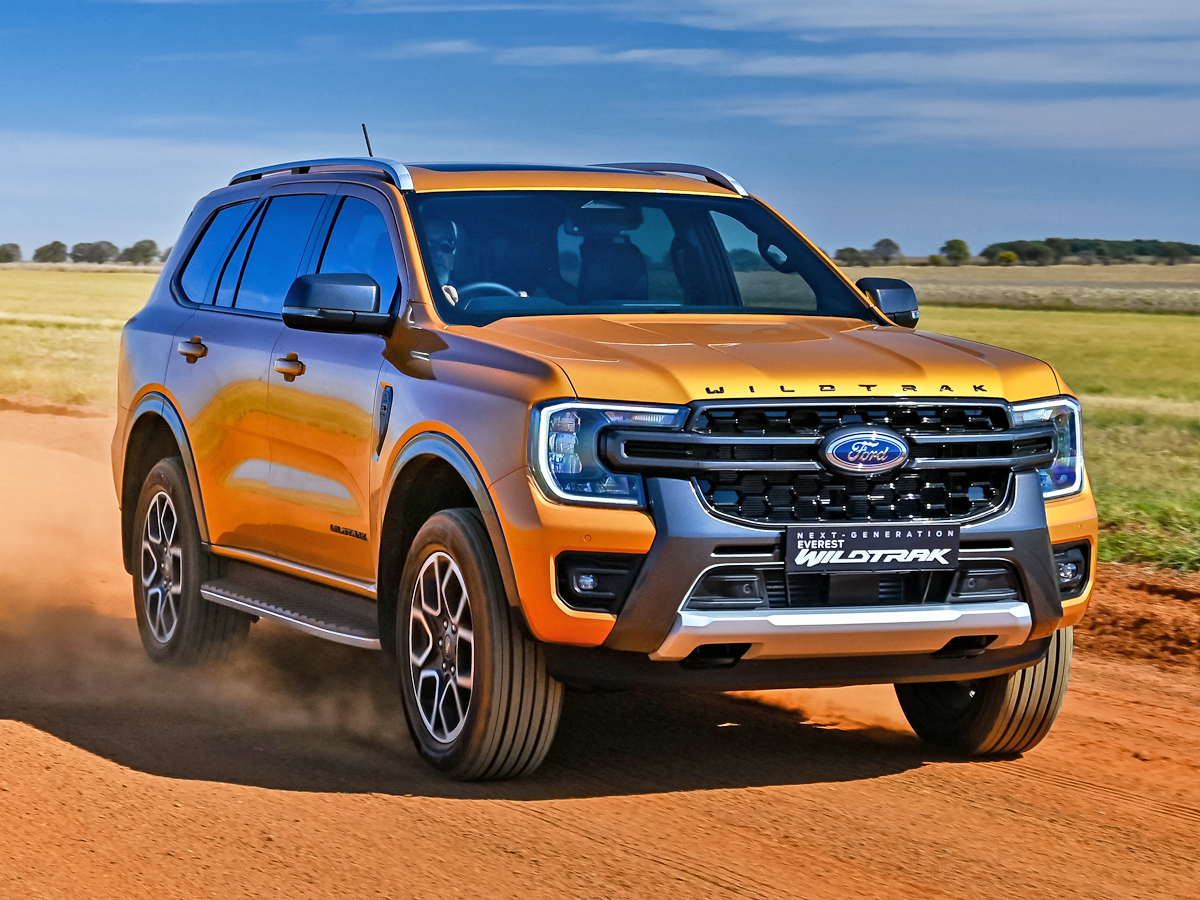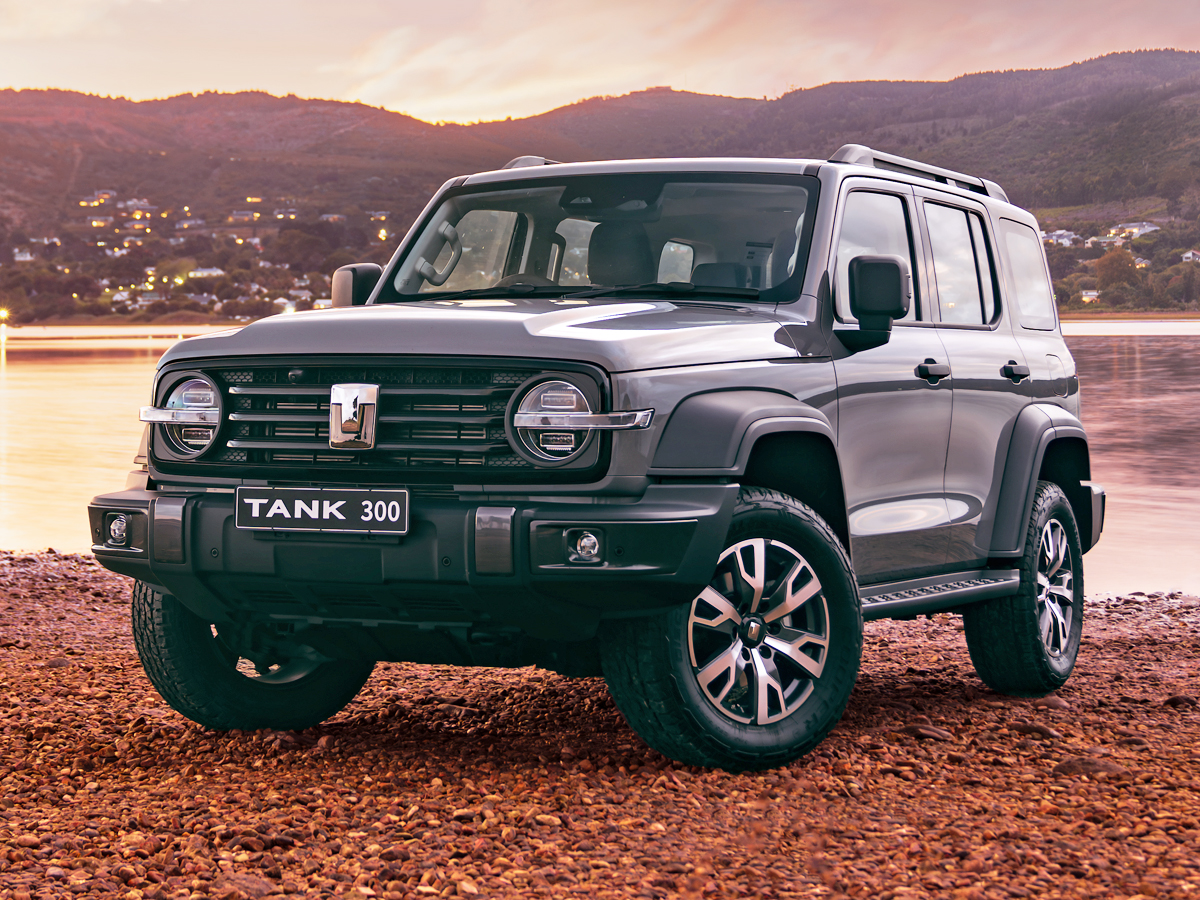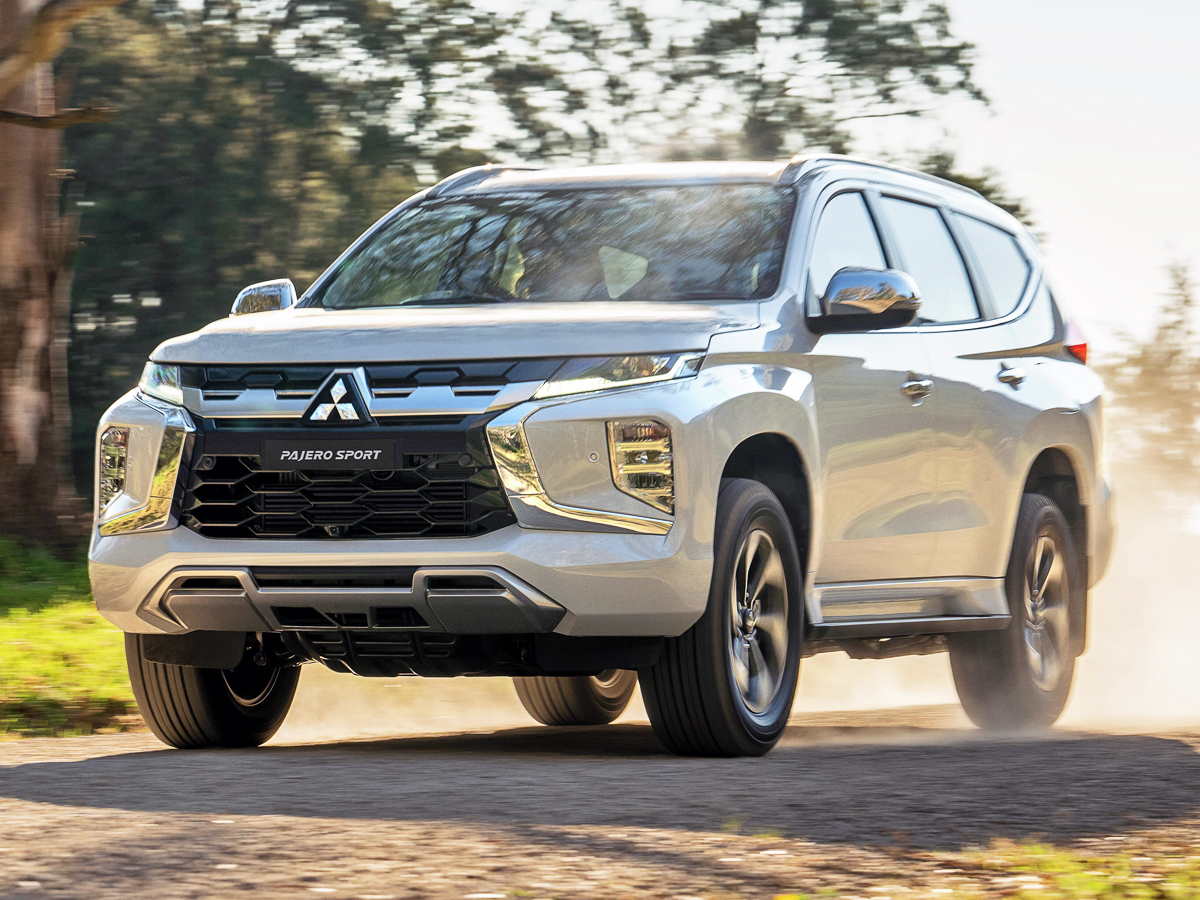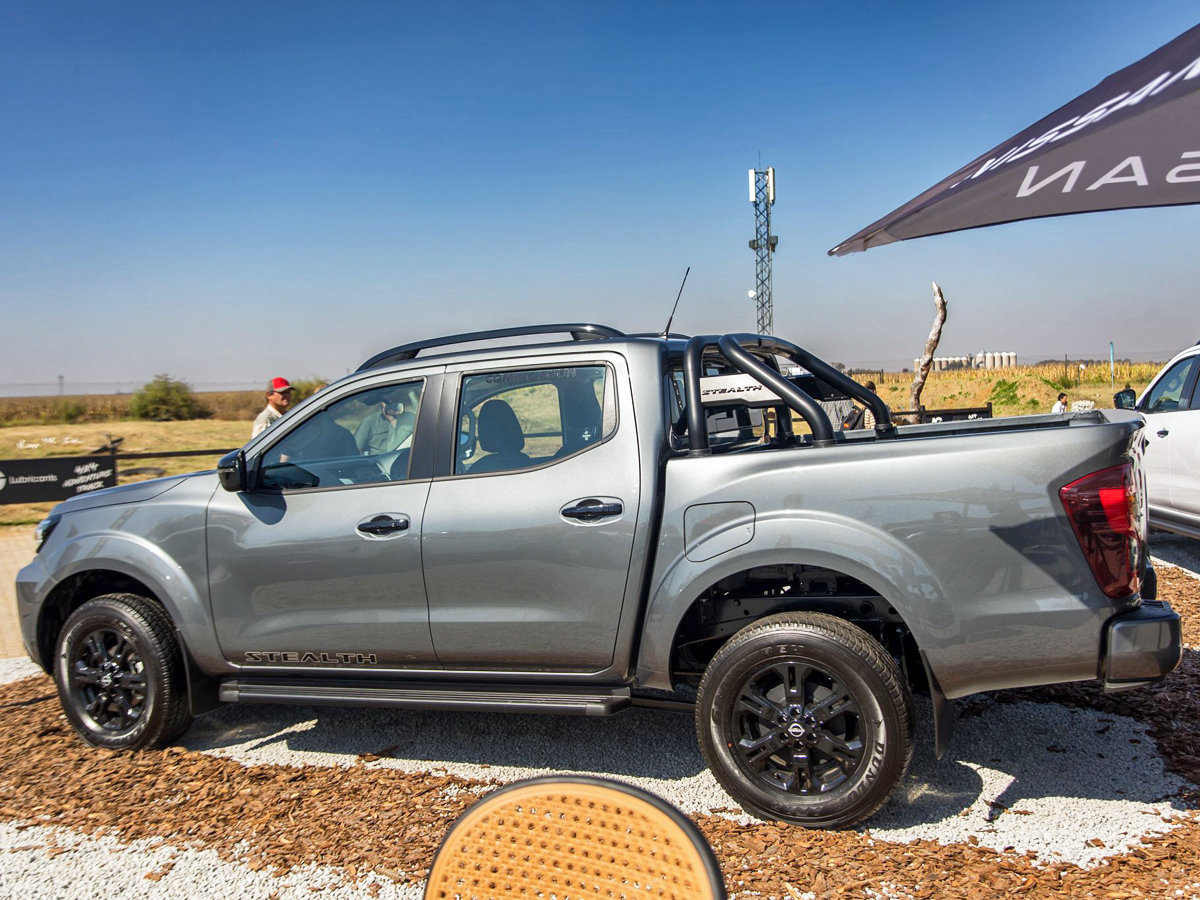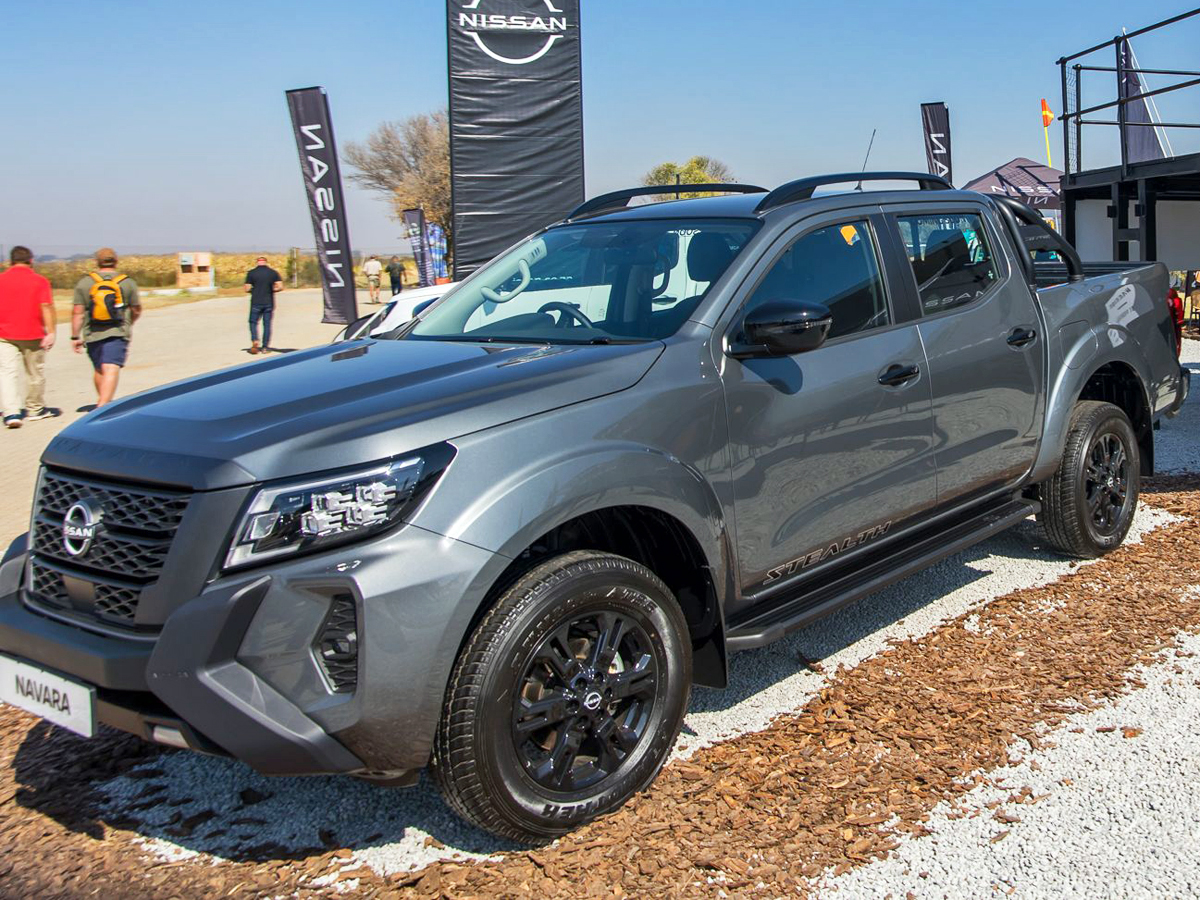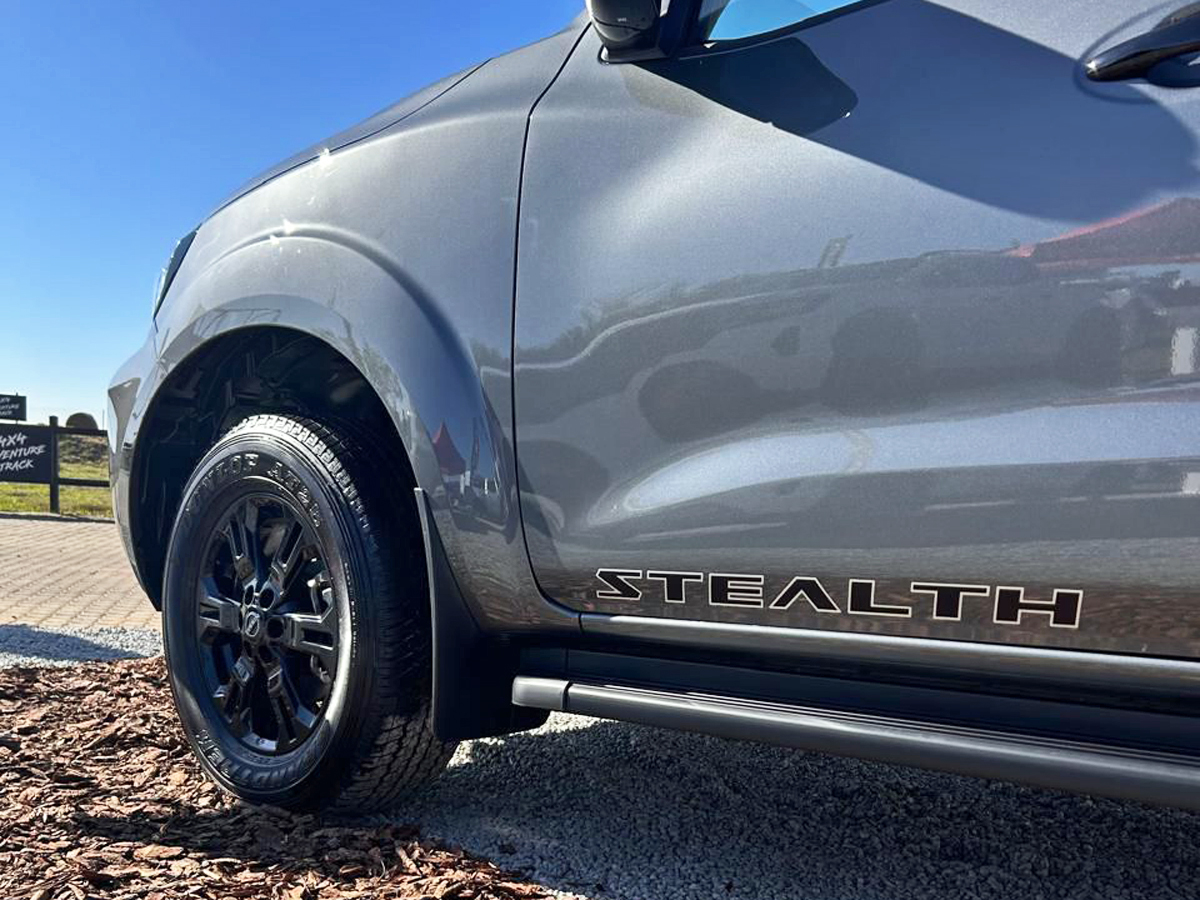Audi RS Q8 Performance (2025) Review
The Audi RS Q8 Performance is the Ingolstadt-based brand’s most powerful and fastest SUV yet. A 471 kW premium SUV that costs more than R3.2 million is, of course, overkill, but in this market niche, the Audi is an attractive proposition.
We like: Exceptional pace and performance, resolved ride quality, cabin fit and finish.
We don’t like: Price of options, infotainment system shows its age.
FAST FACTS
- Model: Audi RS Q8 quattro Performance
- Price: R3 266 100 (July 2025)
- Engine: 4.0-litre twin-turbo V8, petrol
- Transmission: 8-speed automatic
- Power/Torque: 471 kW/850 Nm
- 0-100 kph: 3.6 sec (claimed)
- Claimed consumption: 12.2 L/100 km (claimed)
- Luggage capacity: 605-1755 litres
Serious about buying/selling?
Some dealerships regularly offer great deals. See our New Car Specials!
Looking to sell your car? Sell it on Cars.co.za for free
Where does the Audi RS Q8 Performance fit in?
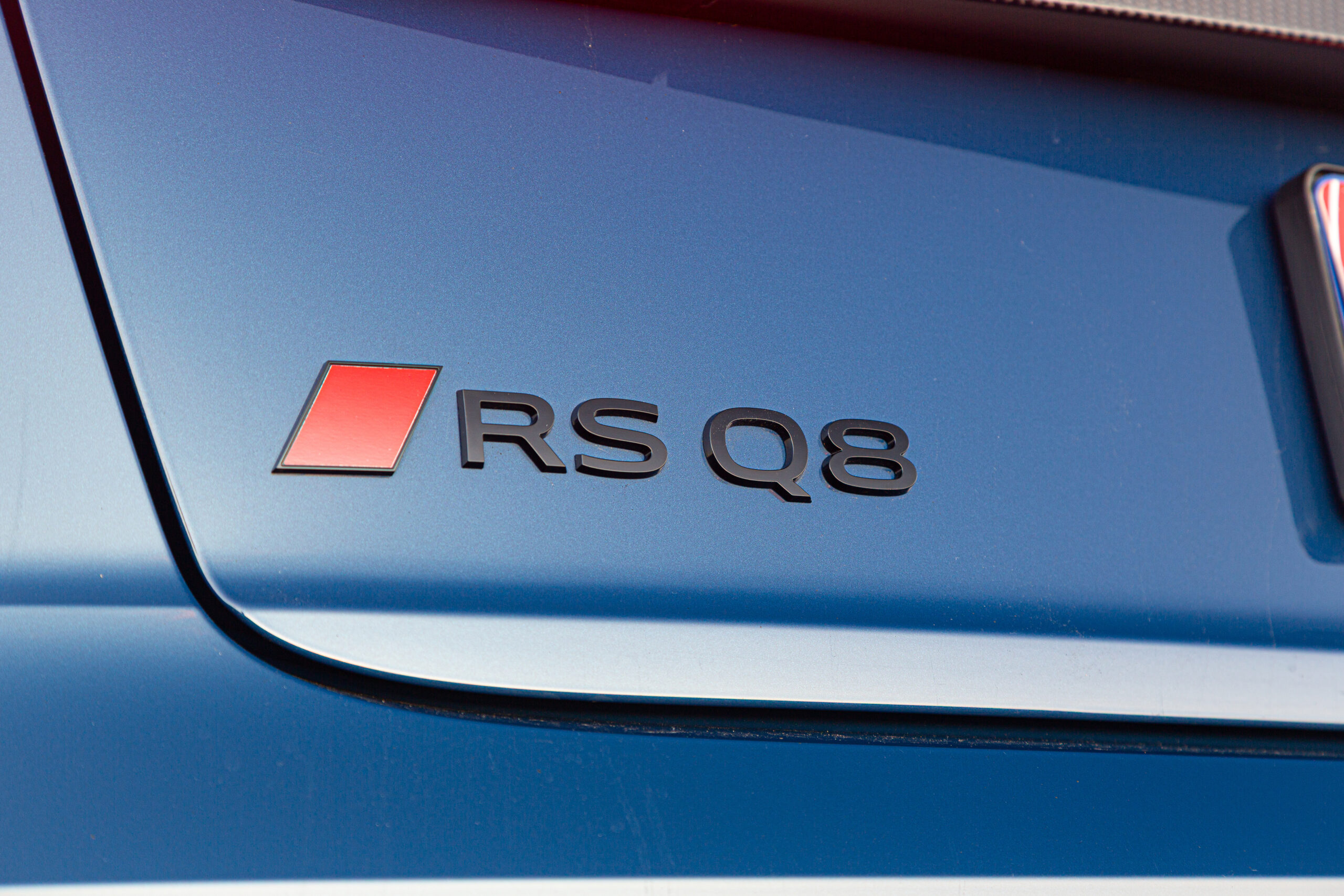
Much has been said – and written – about the decline in demand for sedans, hatchbacks, station wagons and MPVs as a consequence of the rampant popularity of crossovers and SUVs. Still, we tend to forget that the change in consumption patterns has significantly impacted the uptake of sportscars too.
As youngsters, we had posters of supercars on our bedroom walls, but we now know those low-slung, 2-door dream machines were utterly impractical. Enter the Performance SUV – it may not have sportscar-like dynamism, but it offers similar levels of performance, wrapped in a far more user-friendly package.
And this high-riding, tar-shredding juggernaut has undoubtedly won the hearts and minds of consumers. Global new-car sales figures confirm that Lamborghini, Porsche, Bentley, and Aston Martin‘s respective SUVs comfortably outsell those brands’ traditional sportscar offerings. Whether the purists approve of Performance SUVs doesn’t matter; the number of units leaving showrooms justifies their existence.
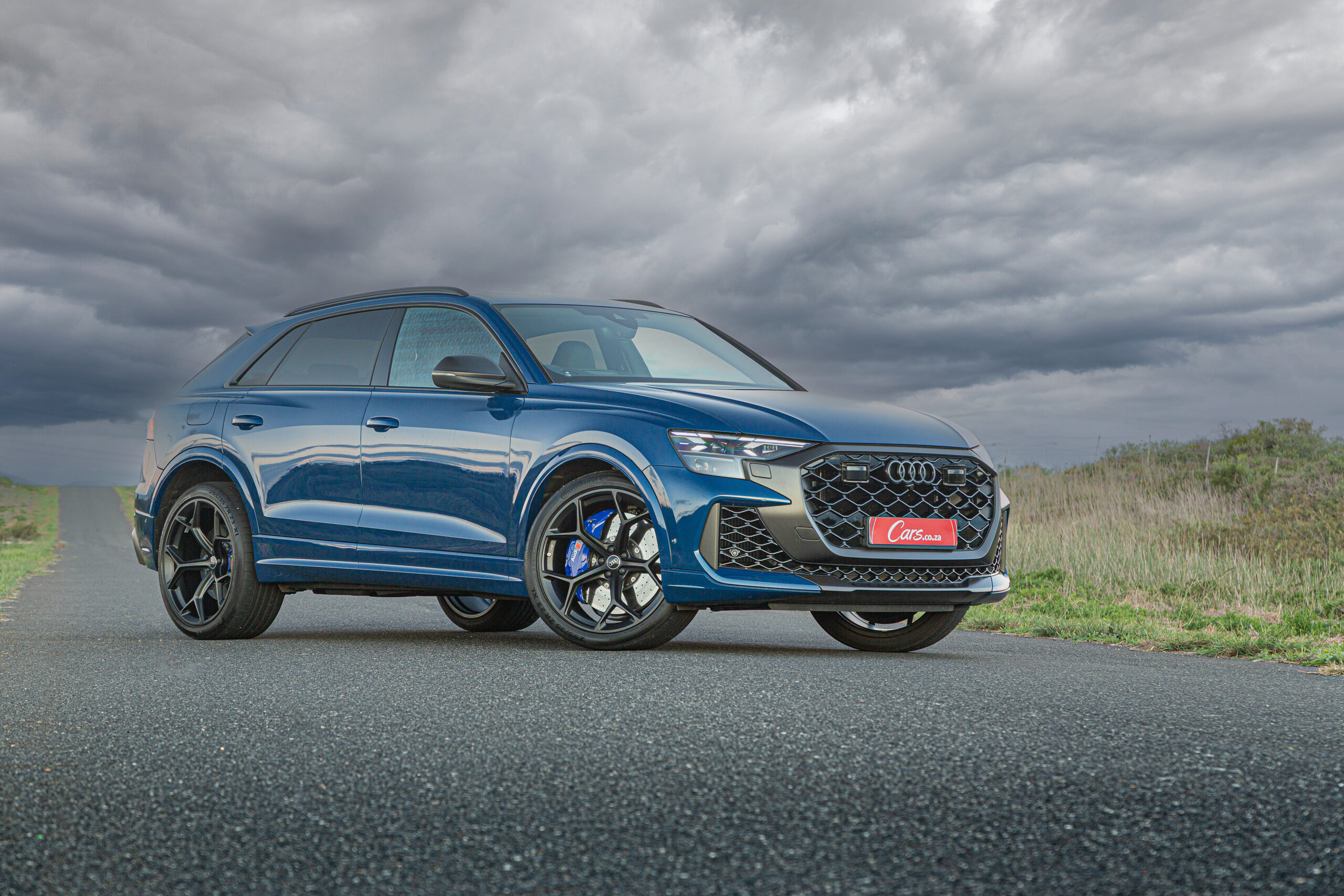
Audi offers an array of SUVs (the new Q5 will arrive in Mzansi late in 2025), but the RS Q8 Performance rules over them all. Interestingly, this is a facelift of the 1st-gen Audi RS Q8, and while exterior changes appear to be minimal, the real enhancements can be found in the performance and tech departments.
Based on price, peak outputs and headline numbers, the RS Q8 Performance’s most obvious rivals are its BMW X6 M Competition and Mercedes-AMG GLE 63 S coupe compatriots. All offer that sporty SUV shape, bold spoilers and side skirts, big wheels, thundering V8 petrol engines, and are 4-wheel drive.
Compare RS Q8 Performance’s specs with those of BMW X6 M Competition and Mercedes-AMG GLE 63 S coupe
But, when you’re shopping in this price bracket, you can probably afford to dig deeper in your pockets, and that opens up models with prestigious badges, especially if you’re willing to go the used-car route. Consider Lamborghini Urus, Porsche Cayenne Turbo GT, Aston Martin DBX and Bentley Bentayga.
How the Audi RS Q8 Performance fares in terms of…
Performance and Efficiency
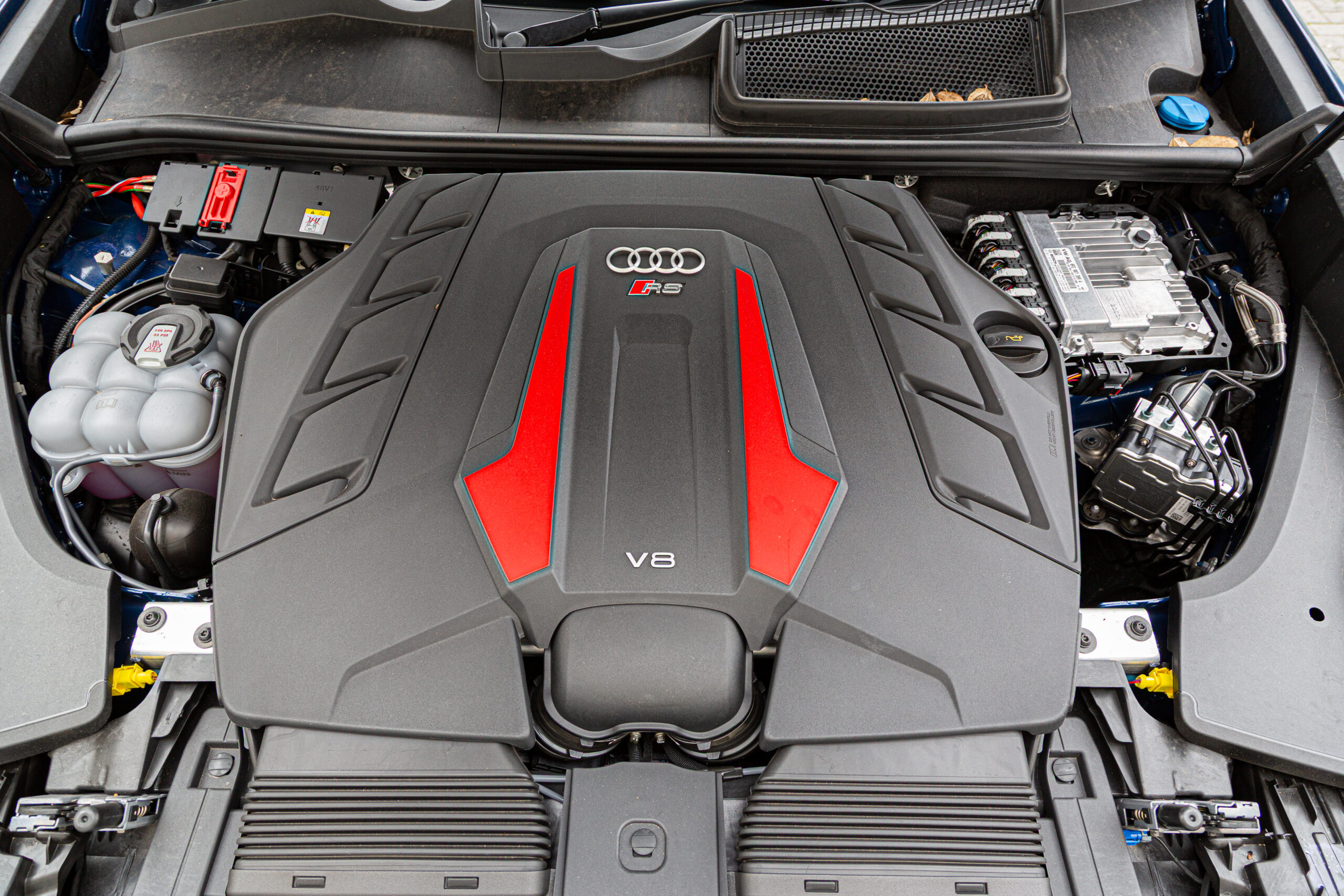
It’s no secret that Audis with RS (RennSport) designations are extraordinarily powerful vehicles, but with the addition of the Performance badge (which is the only guise in which the facelifted RS Q8 is offered in our market), the Ingolstadt-based brand’s apex premium SUV’s capabilities move into another league.
Why? Because the newcomer is significantly more potent than the 1st-gen RS Q8. Compared with the older car’s 441 kW/800 Nm, the Audi’s 4.0-litre V8 twin-turbopetrol now churns out 471 kW/850 Nm.
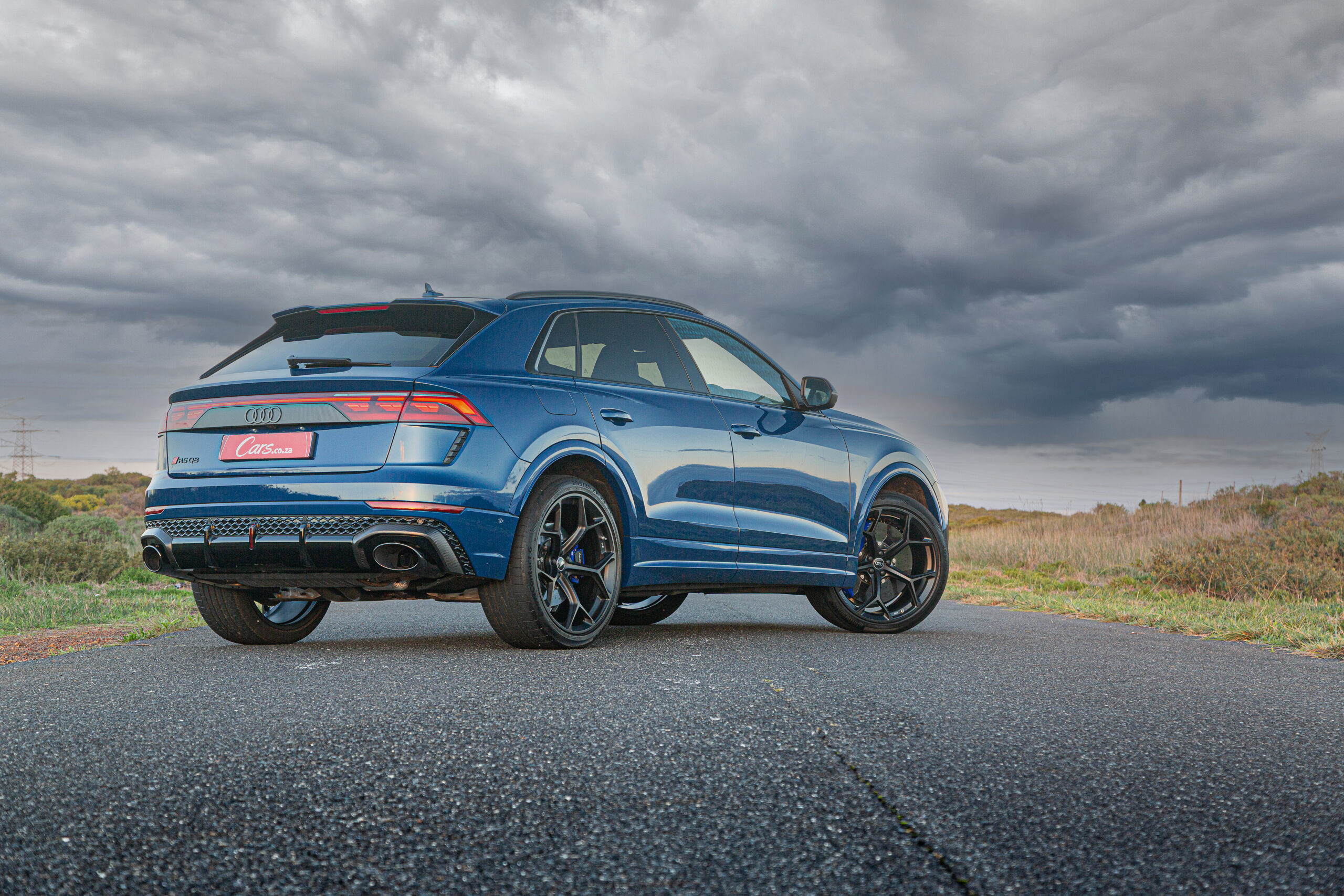
Thanks to the additional shove, along with tweaks to the 8-speed automatic transmission’s software, the 2.3-tonne RS Q8 Performance is claimed to blast from zero to 100 kph 2 tenths of a second faster than before. Yes, Audi’s most powerful series-produced ICE model has a claimed 0-100 kph time of 3.6 sec!
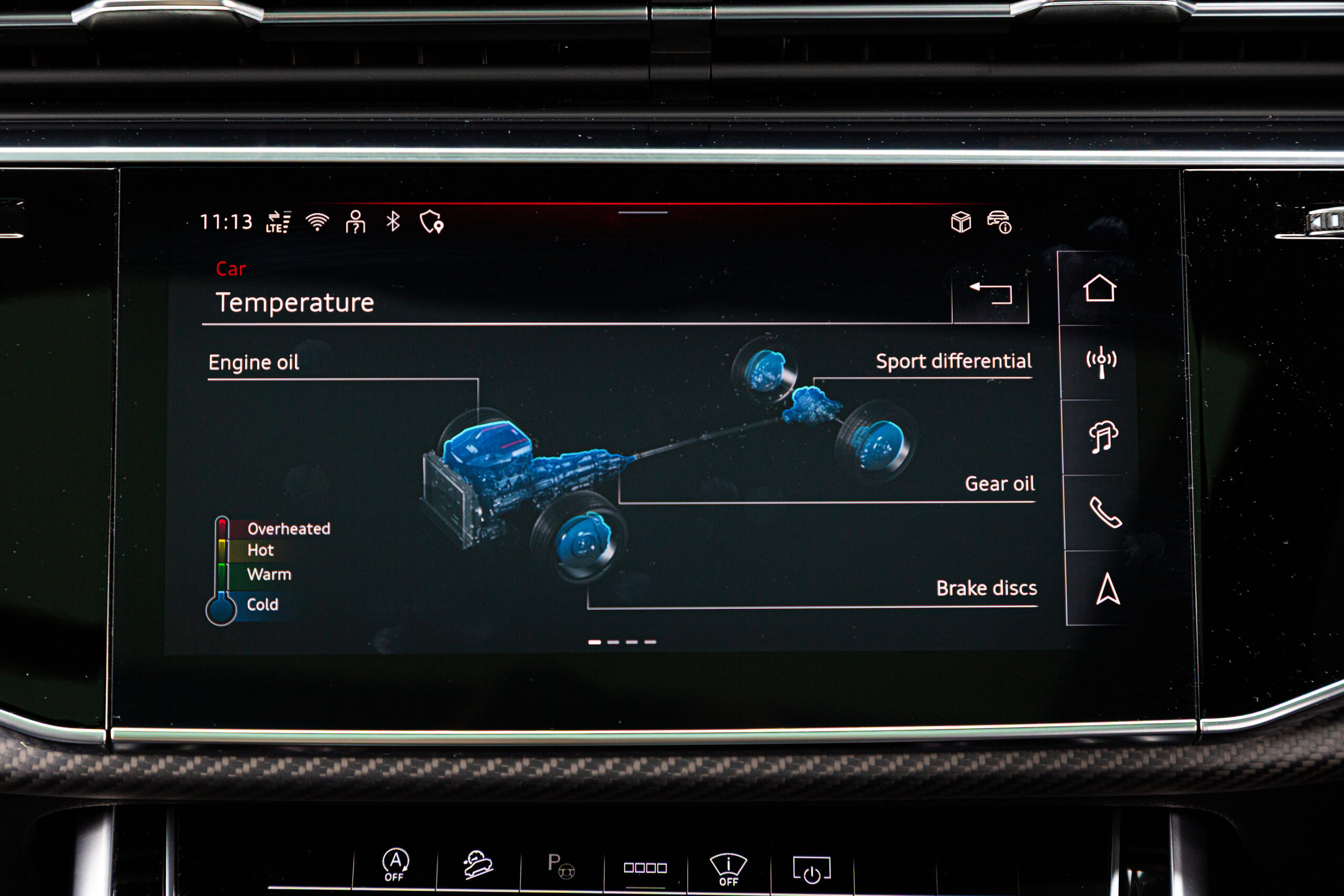
With our test gear hooked up to the RS Q8 Performance, we headed to our test strip to see if we could achieve that sub-4-sec benchmark. It’s not a job that one can rush – we’ve learned that it takes quite a while for the various components of a test unit’s powertrain to reach peak operating temperatures, and unless everything is warmed up/primed, you’re not going to achieve anywhere near the desired results.
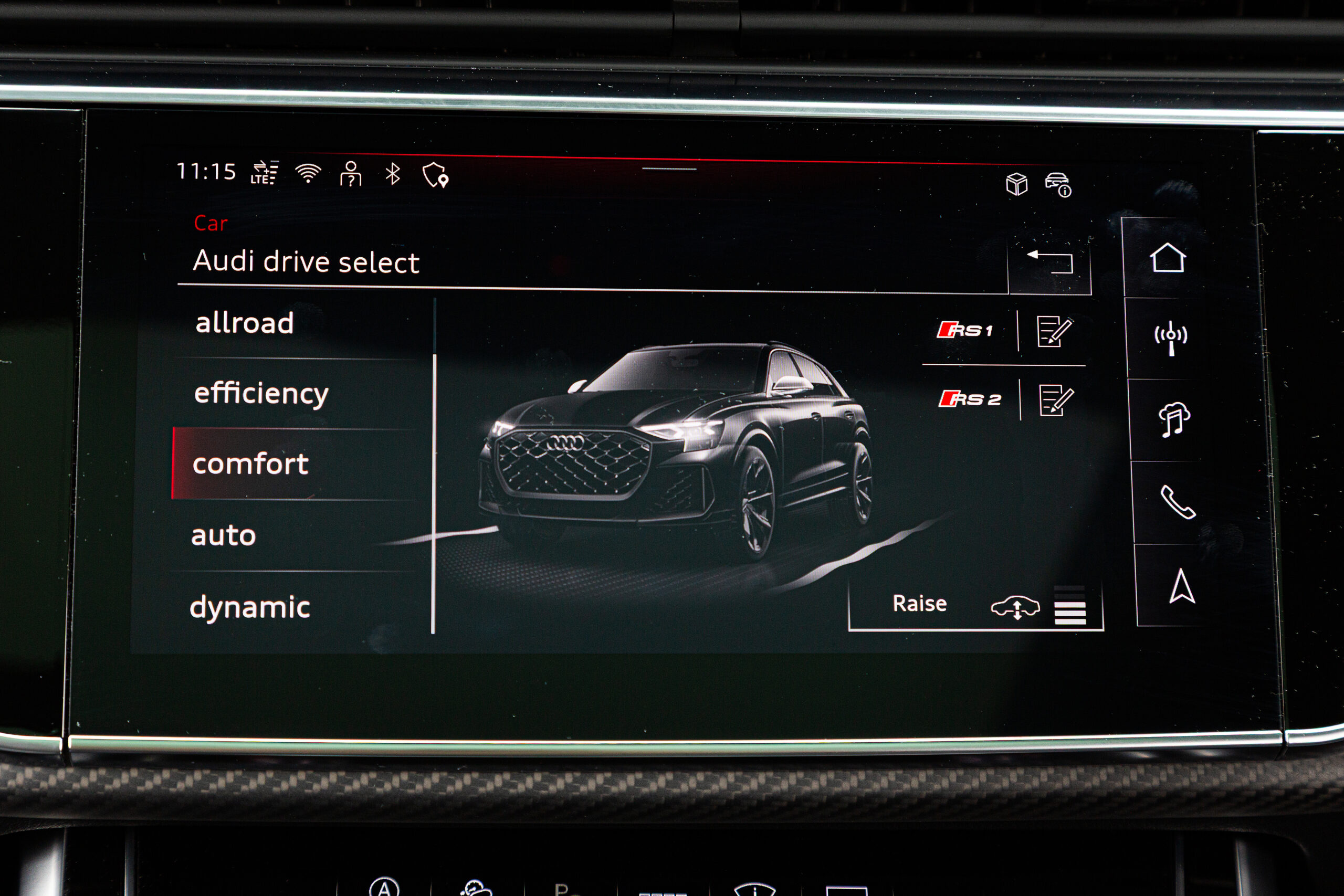
Once that procedure is complete, press the RS button on that lovely Alcantara-clad multifunction ‘wheel to activate either RS1 or RS2 (they’re configurable drive modes that are well worth tweaking/exploring).
We set the modes as follows: for RS1, the powertrain settings – and exhaust note – were at their sportiest states (ideal for having a quick blast on a quiet stretch of road) and for RS2, all parameters were set to maximum (for when you need full performance or want to tear up your favourite twisty road); the air suspension also automatically lowers the car, and valves in the exhausts open up for added aural drama.
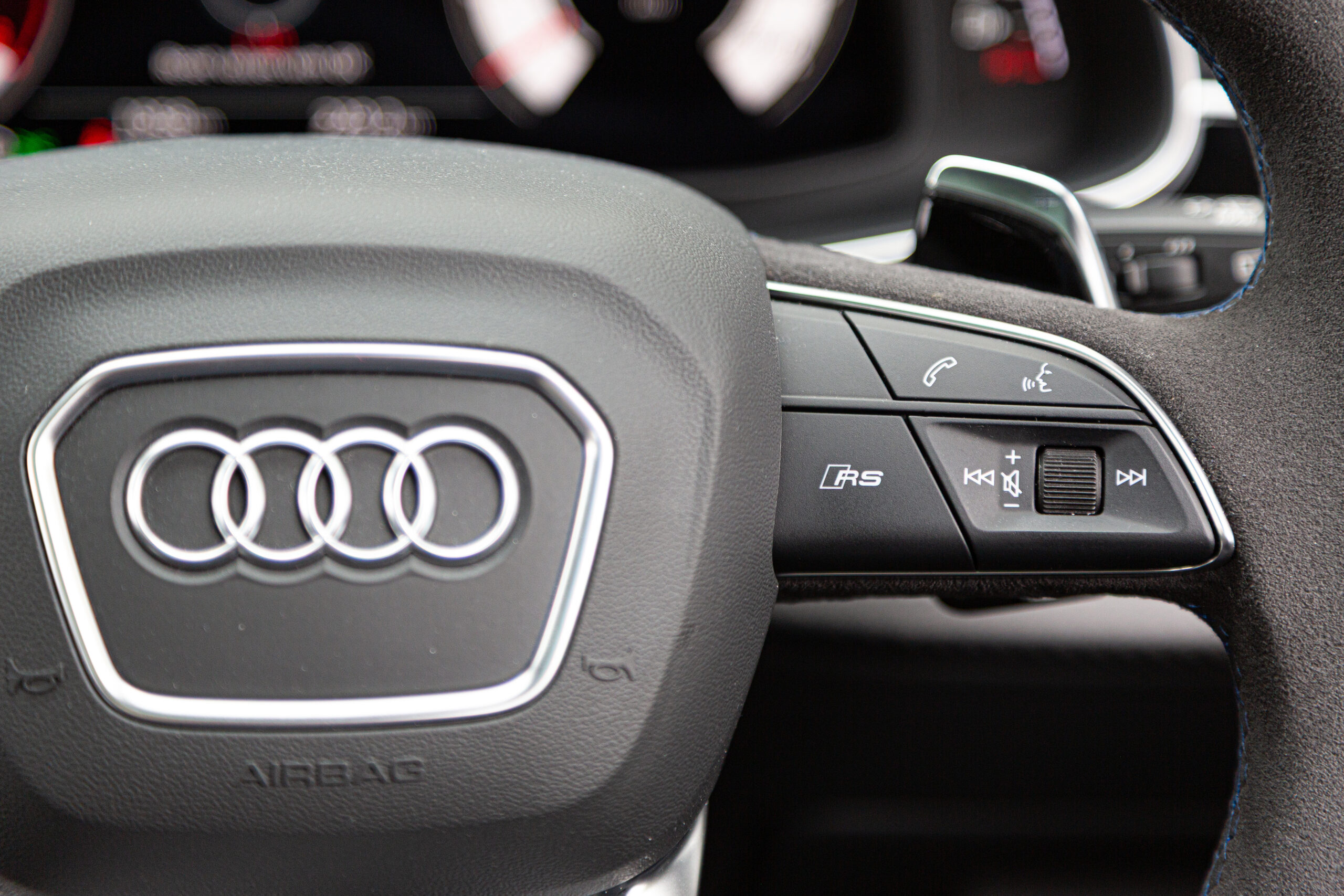
Drive-mode changes are reflected by specific graphics, which is a great touch. Right, so with RS2 and the launch-control programme active, the RS Q8 Performance’s first 0-100 kph run returned a 3.63-sec time, which was almost spot on. However, the comprehensive infotainment screen readout indicated the 23-inch tyres weren’t quite up to temperature, which explained the dramatic wheelspin we experienced in the first few gears. Once the tyres were toastier, the 2nd run took 3.56 sec – better than Audi’s claim!
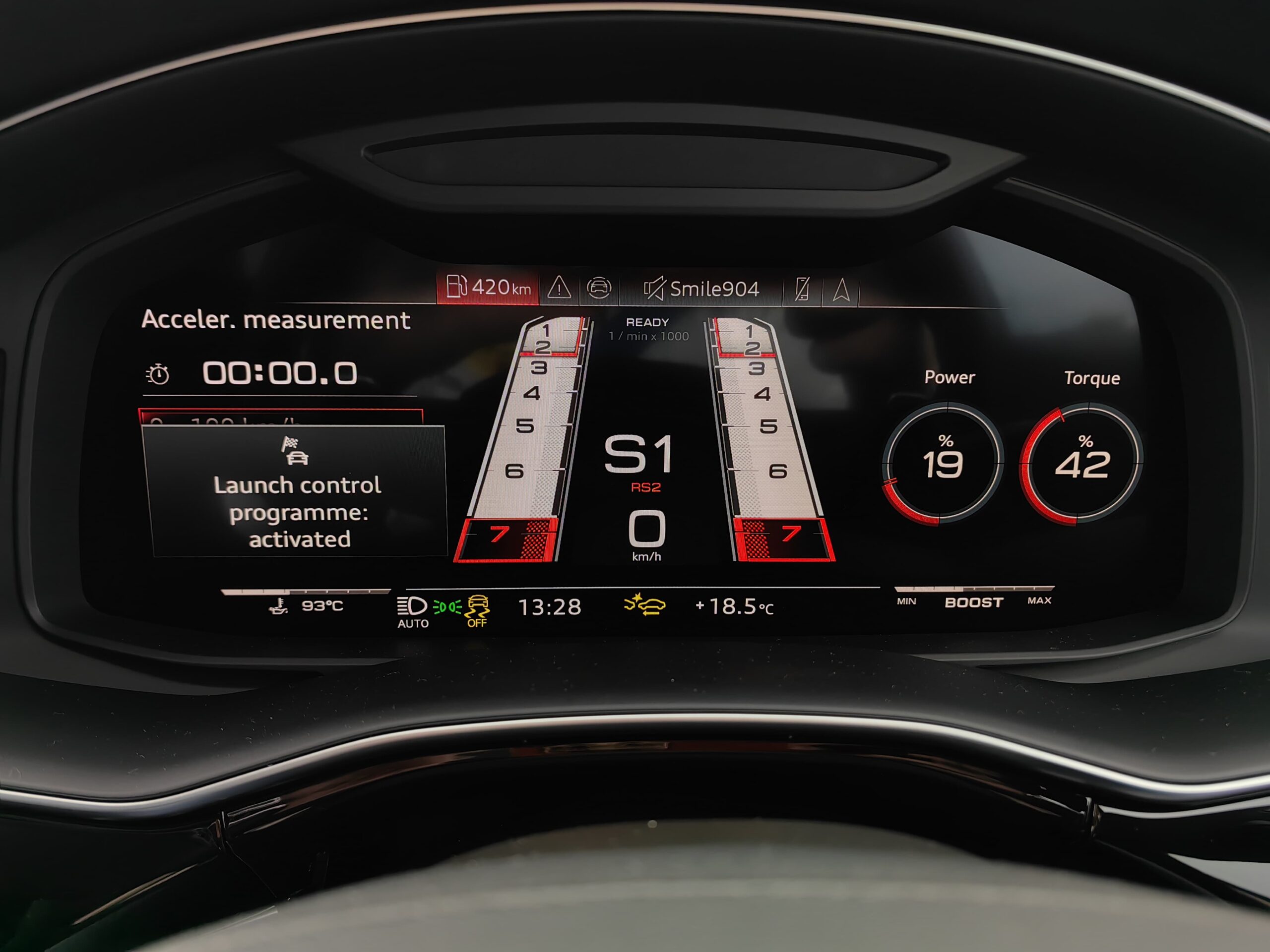
Let’s unpack this ultrafast launch experience: The Audi RS Q8 Performance gets off the line cleanly (with no hesitation) and after just a second, it’s already travelling at 40 kph. There was a hint of wheelspin as the SUV shifted from 1st into 2nd, followed by unrelenting thrust that pins your head to the headrest.
Our unit was capable of a top speed of over 300 kph, which we didn’t test for safety (and legal) reasons, but with a mammoth 850 Nm on tap from 2 300 and 4 500 rpm, overtaking urge is liberal and pervasive.
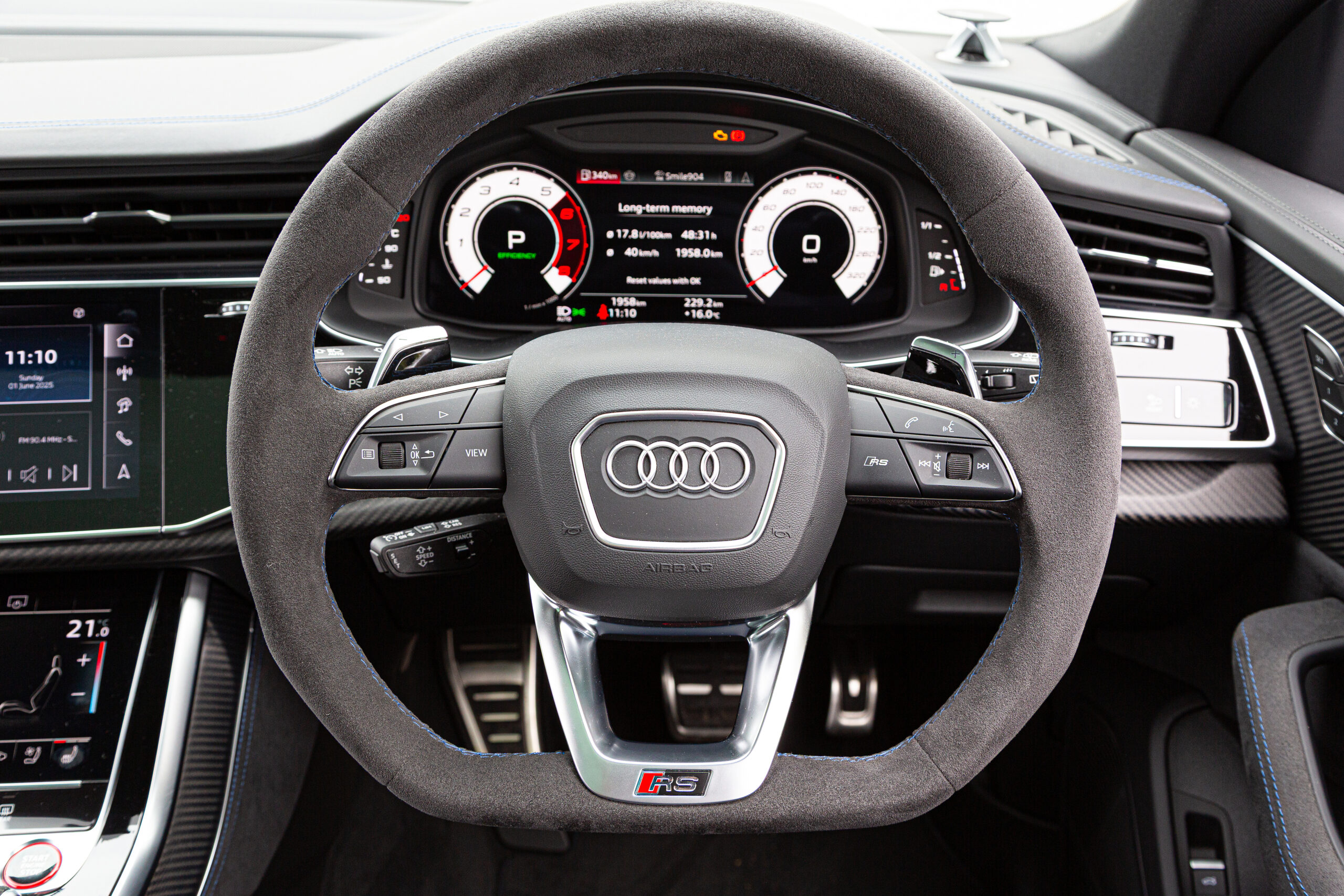
You might assume that, given its performance capability and heft, the Audi must have a prodigous thirst for 95 unleaded, but then, if you can afford to procure this beast, you should have the means to feed it.
Audi claims an average consumption of 12.2 L/100 km. At the end of its tenure in our fleet, the test unit indicated 17 L/100 km, but we’re confident that without the 48V mild-hybrid system, which shuts off the motor when coasting and can deactivate 4 cylinders when you’re driving gently, it would’ve been worse!
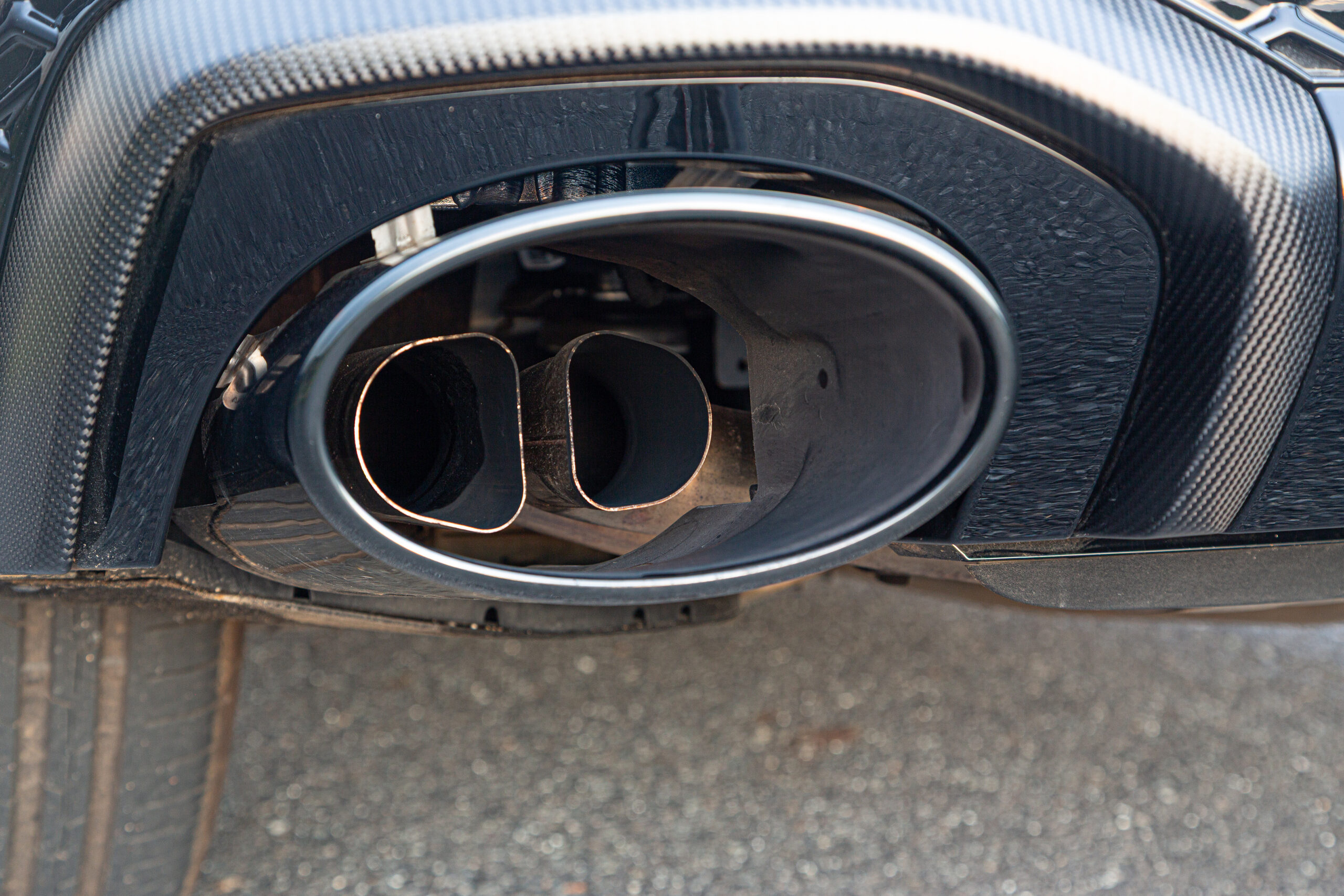
For all its awesome firepower, however, the highlight of the RS Q8 Performance’s driving experience is its sheer adaptability; you may have used this tar-shredding bruiser to flatten a mountain pass (so to speak) at the weekend, but on the daily commute, the Audi is perfectly civilised (comfortable and refined).
Indeed, in its Comfort and Eco modes, the Audi’s exhaust note is dialled back completely, the suspension relaxes, and if it weren’t for the black badges, you could be fooled into thinking this is a standard Q8.
Ride and Handling
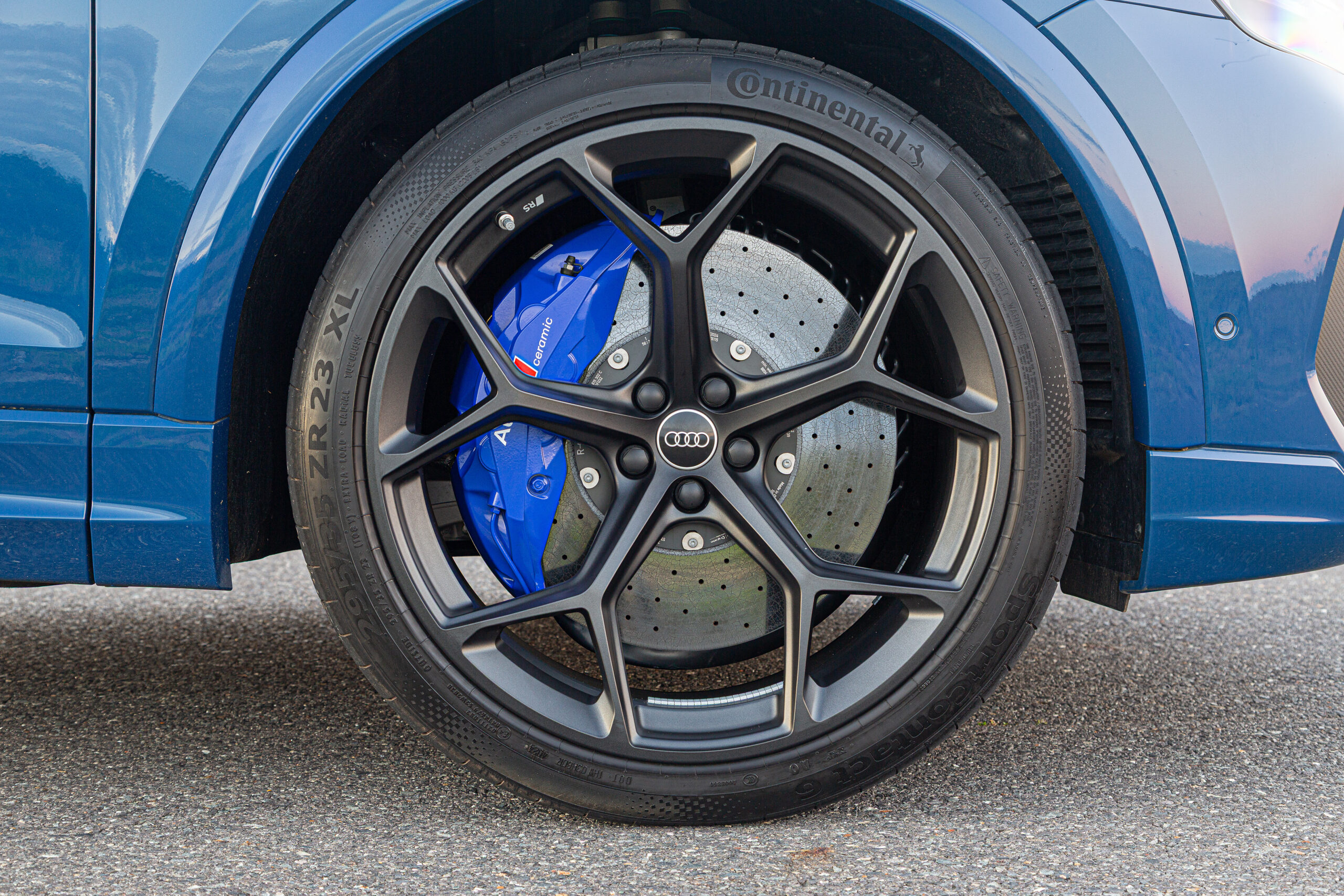
It’s all very well and good for the RS Q8 Performance to offer ballistic straight-line performance, but Audi’s other goal was to endow this variant with dynamic, and preferably class-leading, handling ability.
So, did Neckarsulm-based Audi Sport achieve its goal? The proof is in the lap time. In 2024, the RS Q8 Performance grabbed the title of Fastest Production SUV around the Nurburgring with a staggering 7:36.698 lap, which was quicker than times set by some thoroughbred supercars just a few years ago.
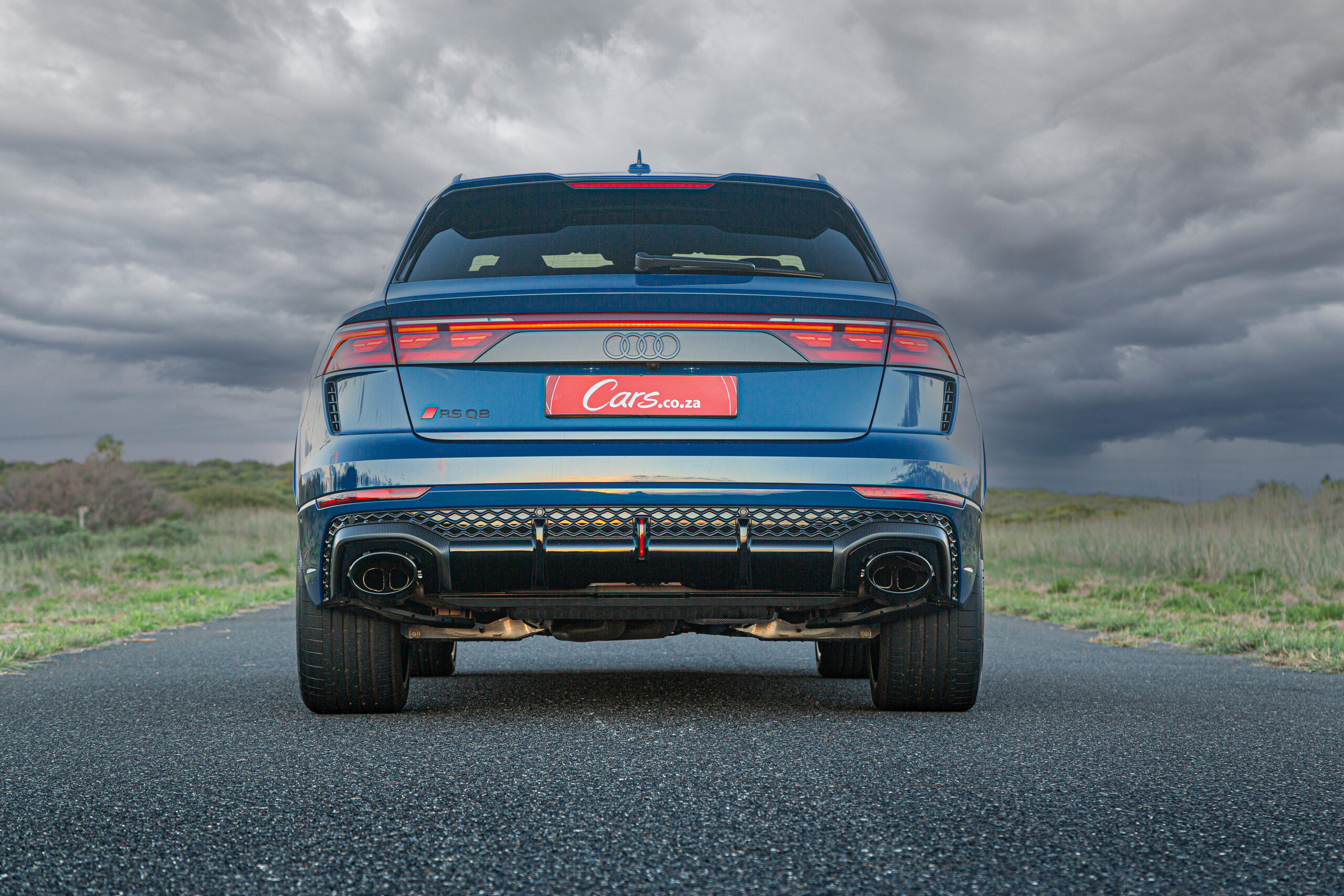
A key element of the RS Q8 Performance’s dynamism is its trick centre differential; depending on which of the Audi’s tyres have the most grip at the time, the software that manages the quatto all-wheel drive will automatically direct up to 70% of the available torque to the front axle, and up to 85% to the rear.
There’s also a smart electromechanical active roll stabilisation system (optional) which helps to optimise the SUV’s body control (roll) under hard cornering, as well as a standard all-wheel steering setup.
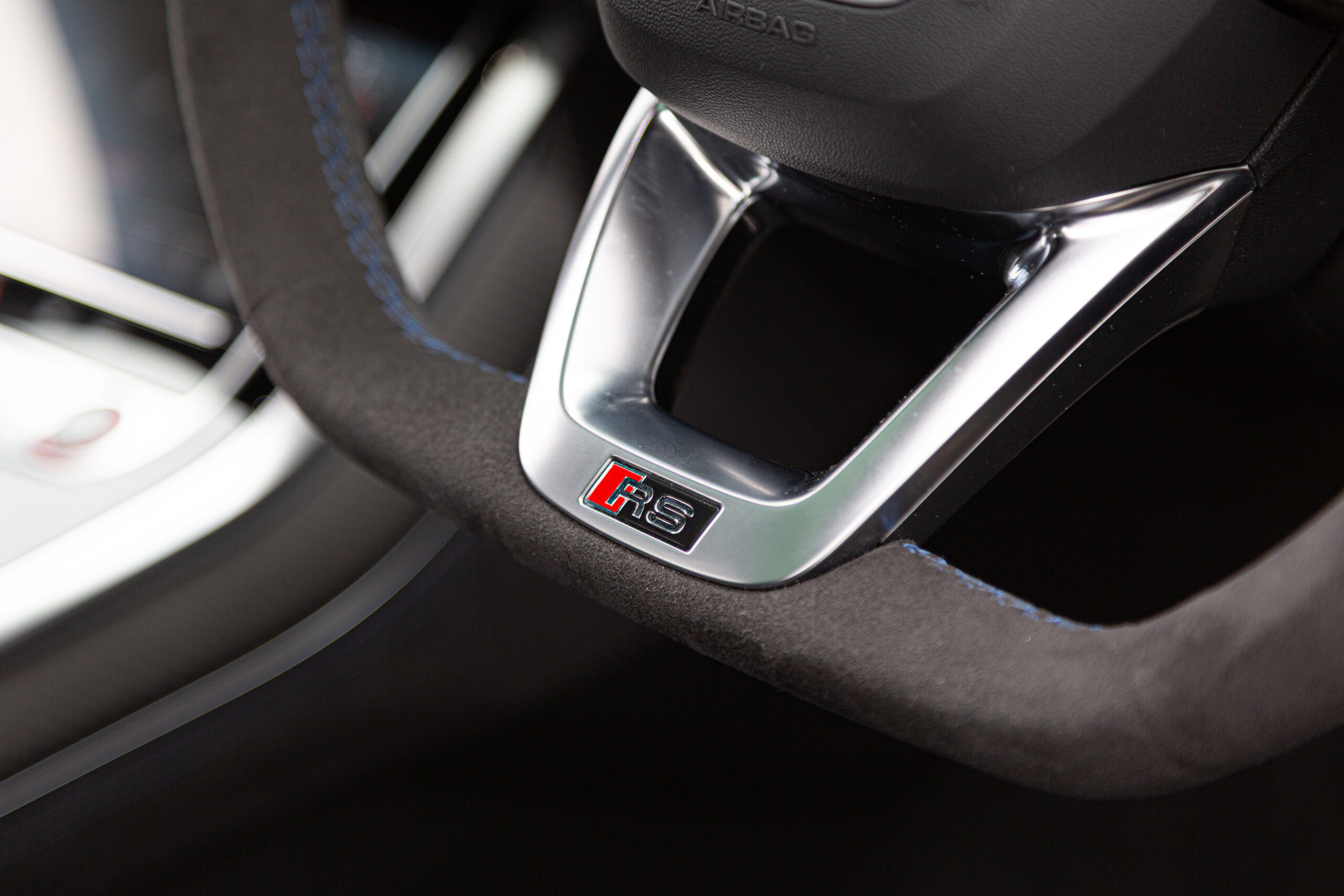
When you drive the Audi spiritedly, it rewards you with tremendous stability and confidence-inspiring grip. Granted, we weren’t pushing its limits of adhesion… because they are rather lofty, and besides, no large SUV offers razor-sharp handling in tight corners. The ‘Performance is more than quick enough to meet most drivers’ needs; you can pile on the pace safe in the knowledge that it will respond predictably.
The steering feel is light and could offer a bit more feedback, however. We get that the steering is set up for the daily commute and general driving conditions, but we would have liked a bit more engagement. If the Porsche Cayenne can offer that, why can’t the Audi – it’s based on the same platform as its cousin!
That said, despite its substantial exterior dimensions, the RS Q8 Performance never felt cumbersome. Four-wheel steering reduces its turning circle to make the Audi feel more manoeuvrable at low speeds.
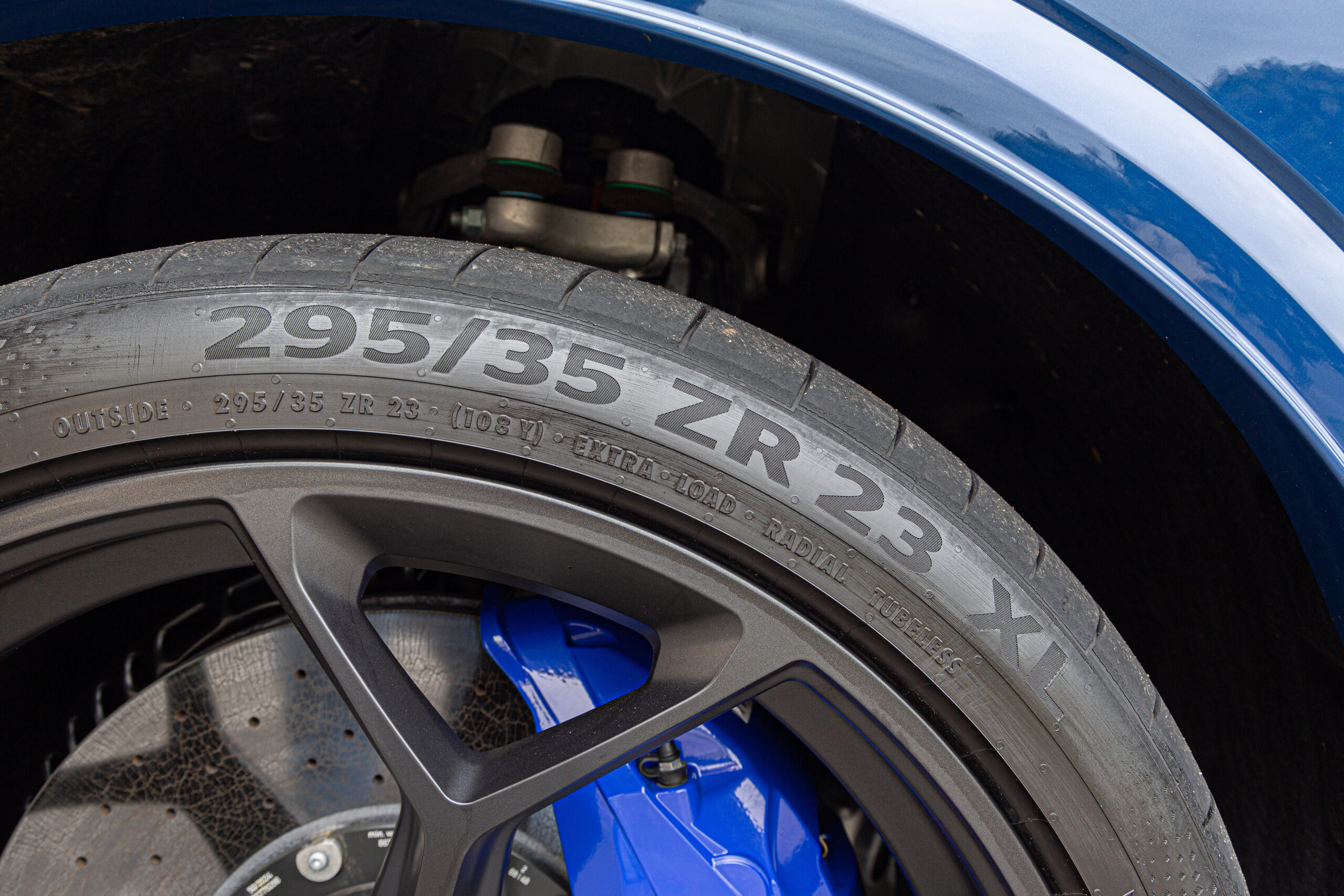
As for the RS Q8 Performance’s overall ride quality, we were quite impressed with how the Audi dealt with road imperfections despite riding on large (23-inch) alloys wrapped in 295/35 (low-profile) tyres.
The air suspension’s settings can be adjusted (manually or automatically) for height and stiffness, and in its softest (most pliant) configuration, the SUV has a relaxed and (dare we say) plush gait. The variant is only available with 23-inch rims, for which Audi SA offers trick performance Pirelli tyres as a R10k option. Bear in mind, however, that it will probably cost a fair bit more to replace all 4 of those boots one day.
And finally, the Audi’s brakes provide suitably potent stopping power to bring the (to reiterate, 2.3-tonne) performance SUV to a standstill, but the caveat is that they’re carbon-ceramic units, which can squeak around town. Impressively, according to the configurator, Audi SA has made them a no-cost option.
Features and Practicality
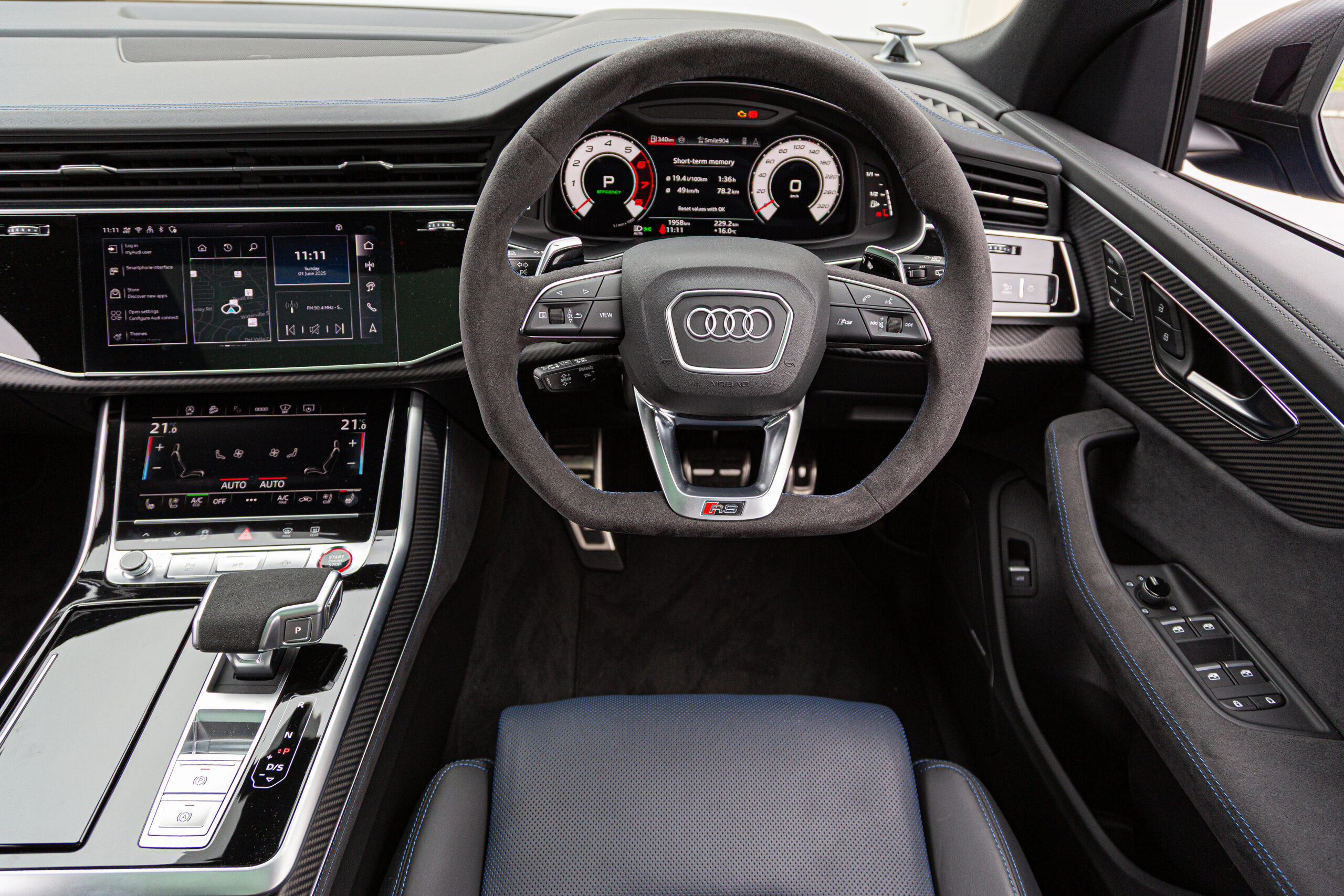
At first glance, the Audi’s cabin is a sleek, minimalist occupant space. There’s a digital instrument cluster, a primary screen for the infotainment system and a secondary screen lower down for the climate control.
Haptic feedback adds a classy and upmarket touch, and even if the touchscreens dominate, we don’t mind the lack of physical buttons when only a few intuitive taps (as opposed to sifting through many submenus) are required to adjust the cabin temperature or switch on the seat heating/ventilation.
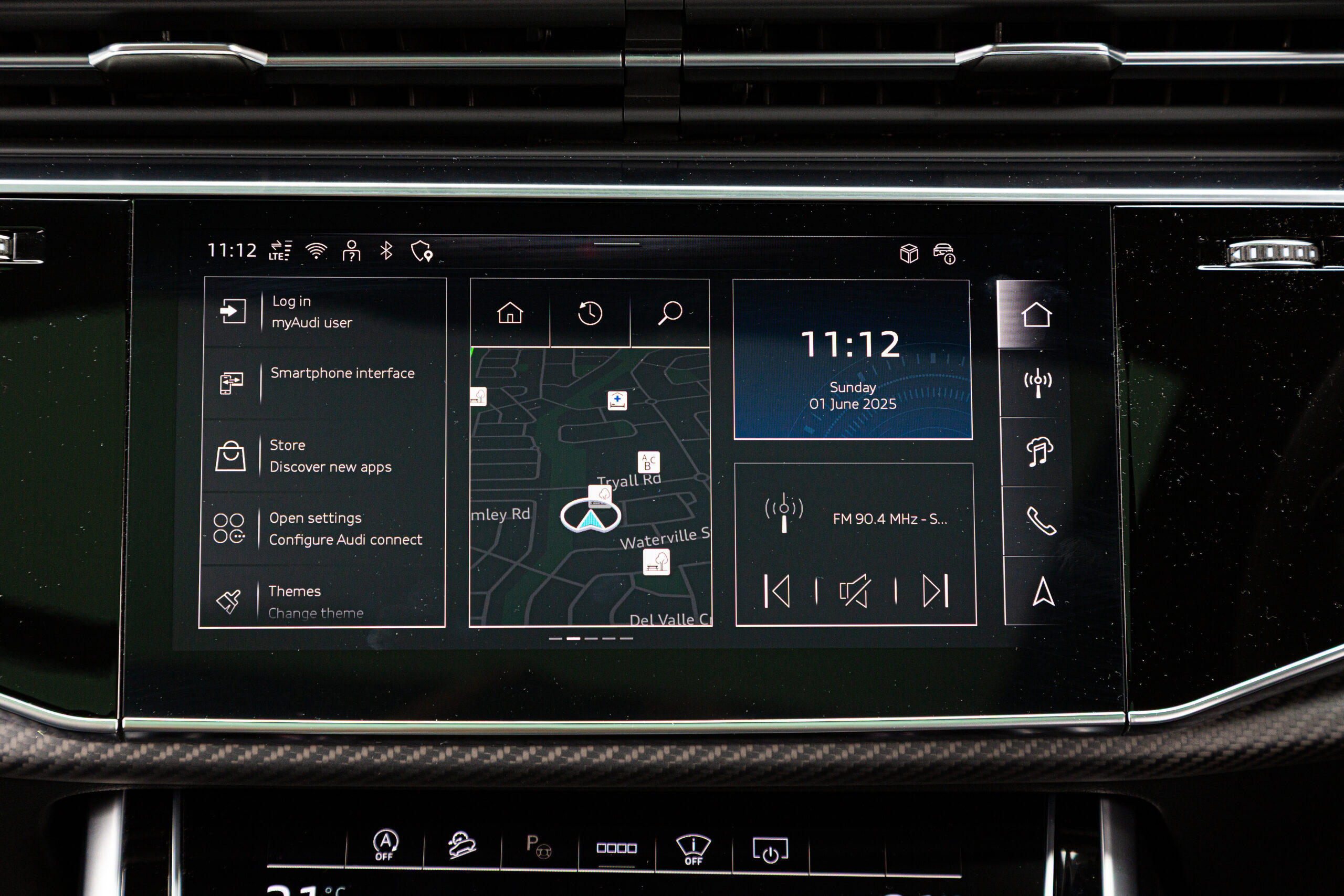
The graphics are crisp and detailed, and the system feels pretty responsive, but with continued use, the screens do become covered in fingerprints – a good reason to store a little cloth in the central armrest.
If we had to nitpick, we’d say the RS Q8 Performance’s MMI infotainment system, while functional and ergonomically sound, looks a bit old-fashioned and understated in comparison with the oversized and flashy screens of its (newer) rivals. Also, some of the gloss black plastic trim feels cheap in places, but most will probably not notice it among the copious swathes of Alcantara and matte-look carbon fibre.
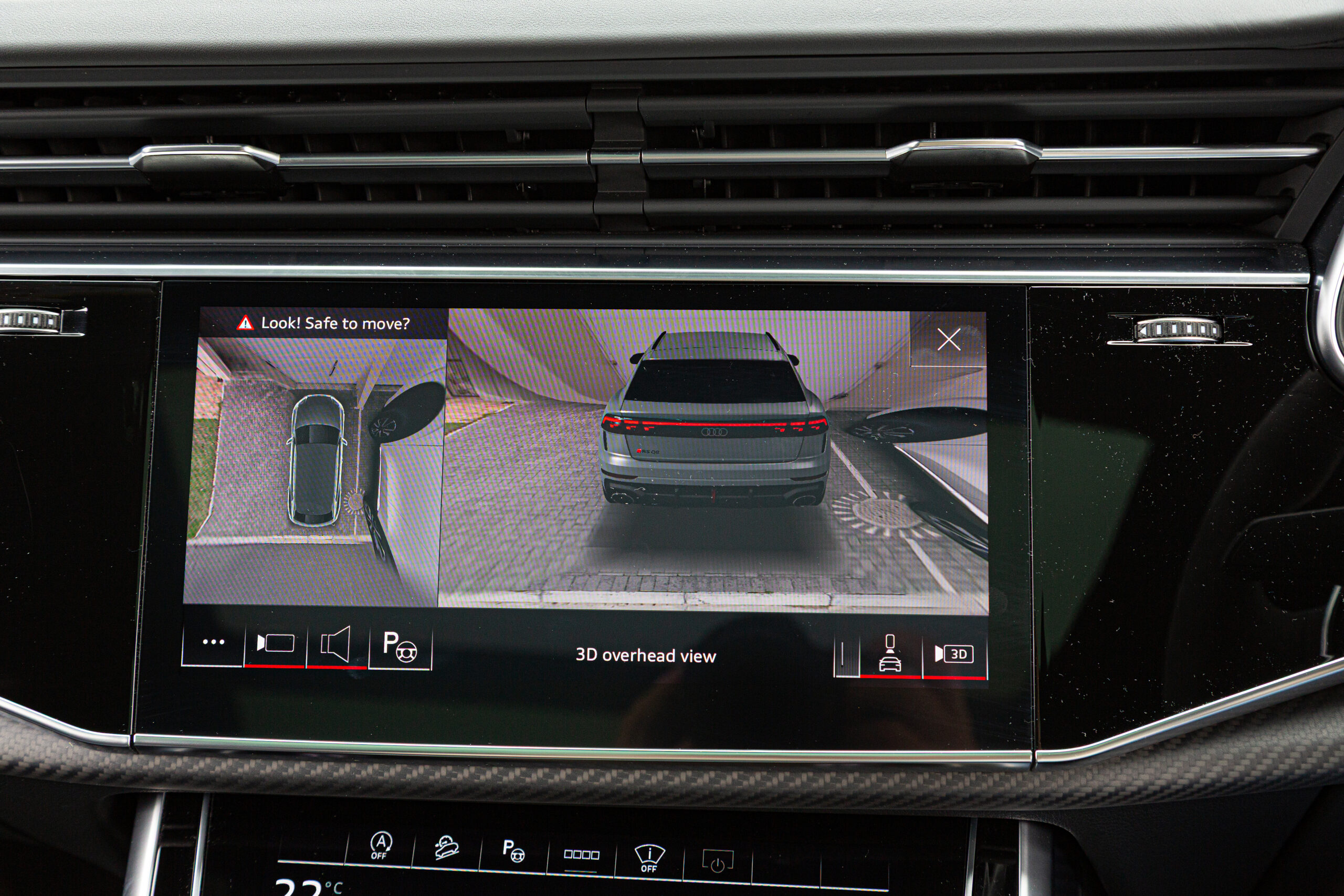
As a full-size luxury family car, there is ample head- and knee-room for 4 adult occupants. The middle seat at the back is perhaps better suited for a child on account of the high transmission tunnel, but a bi-zone climate control panel, along with heated seats and additional USB ports, add some luxury flair.
The RS Q8 Performance has one of the largest load bays in class (605 litres), which is cavernous enough to hold 2 sets of golf clubs or 2 big suitcases. If you drop the 2nd row of seats, that capacity increases to 1 755 litres. Granted, the Mercedes-AMG GLE 63 S coupe is more capacious (655–1790), but only just.
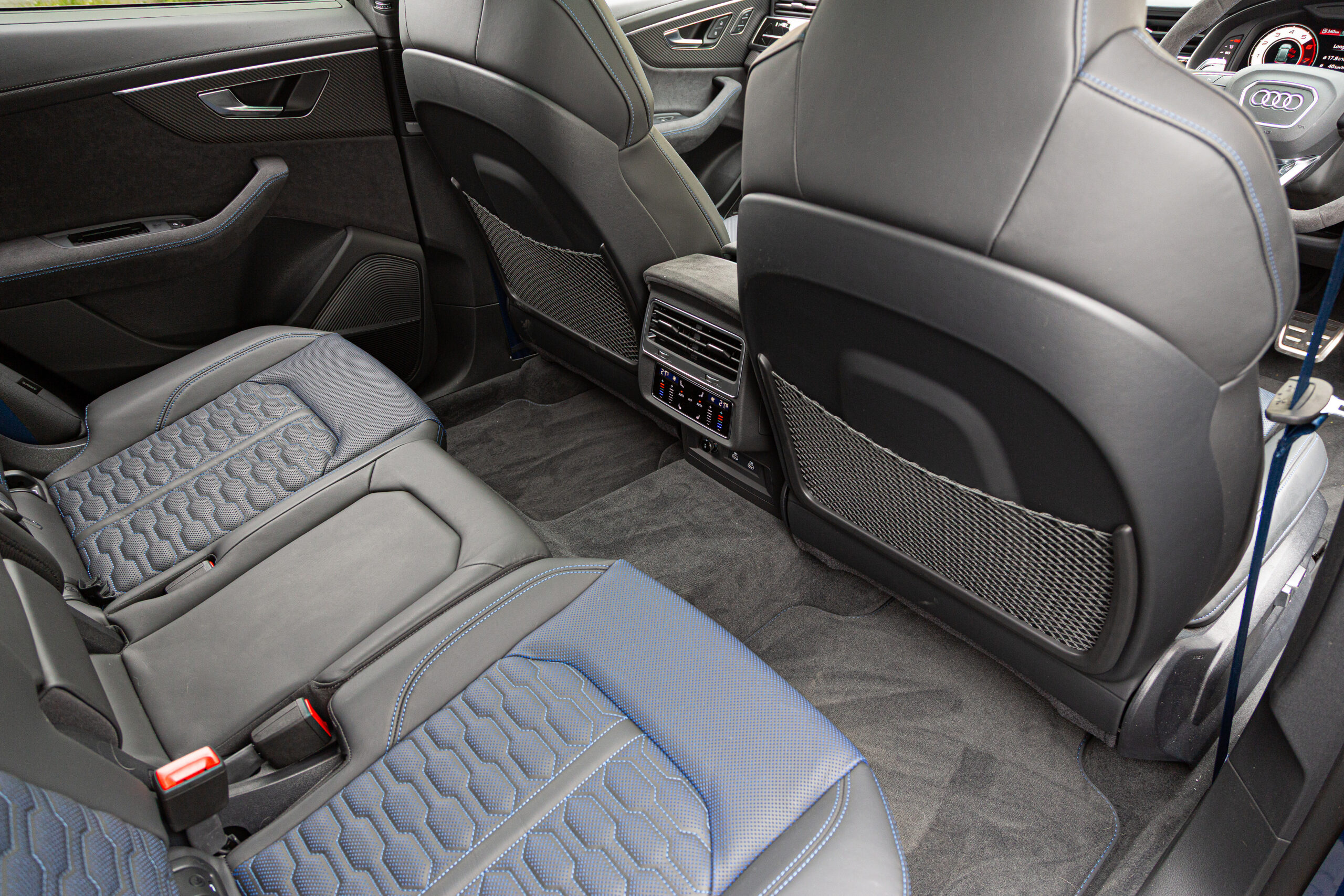
The Audi’s list of standard equipment is long, which consumers will expect at this price point (R3 266 100, in July 2025), but not what we’d call comprehensive. We’ll delve into the various options soon…
The lighting signature of the, um, dazzling LED lamps is customisable – you can select themes, plus there’s a very cool startup sequence when you unlock the vehicle. A head-up display, wireless charging pad and -Android Auto/Apple CarPlay, plus USB-C ports should keep the technophiles well satisfied.
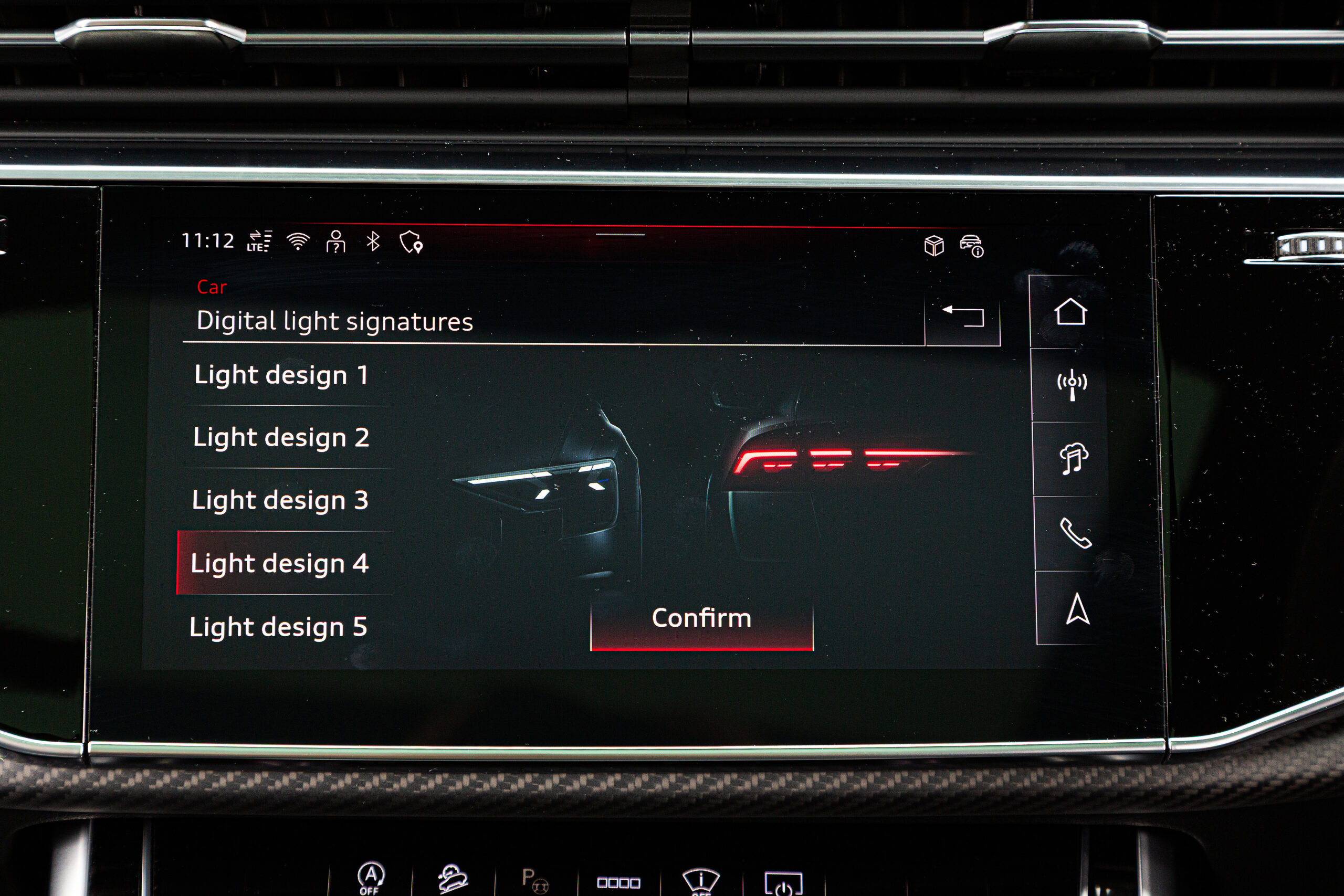
Now, about those options… Our test unit was specified with R630 000 worth of extra-cost equipment, and whereas some of those features are definitely worth considering, others seem a bit cheeky.
Suffice it to say, you can tailor the RS Q8 Performance’s configuration to the nth degree. You’ll want a posh paint finish, such as the Ascari Blue Metallic (R42 000), the lightweight forged 23-inch wheels (R42 000), and if you’re serious about your performance driving, then consider the durable ceramic brakes (no cost), the trick anti-roll tech (R108 000) and the increased top speed (to 305 kph, for R56 000).
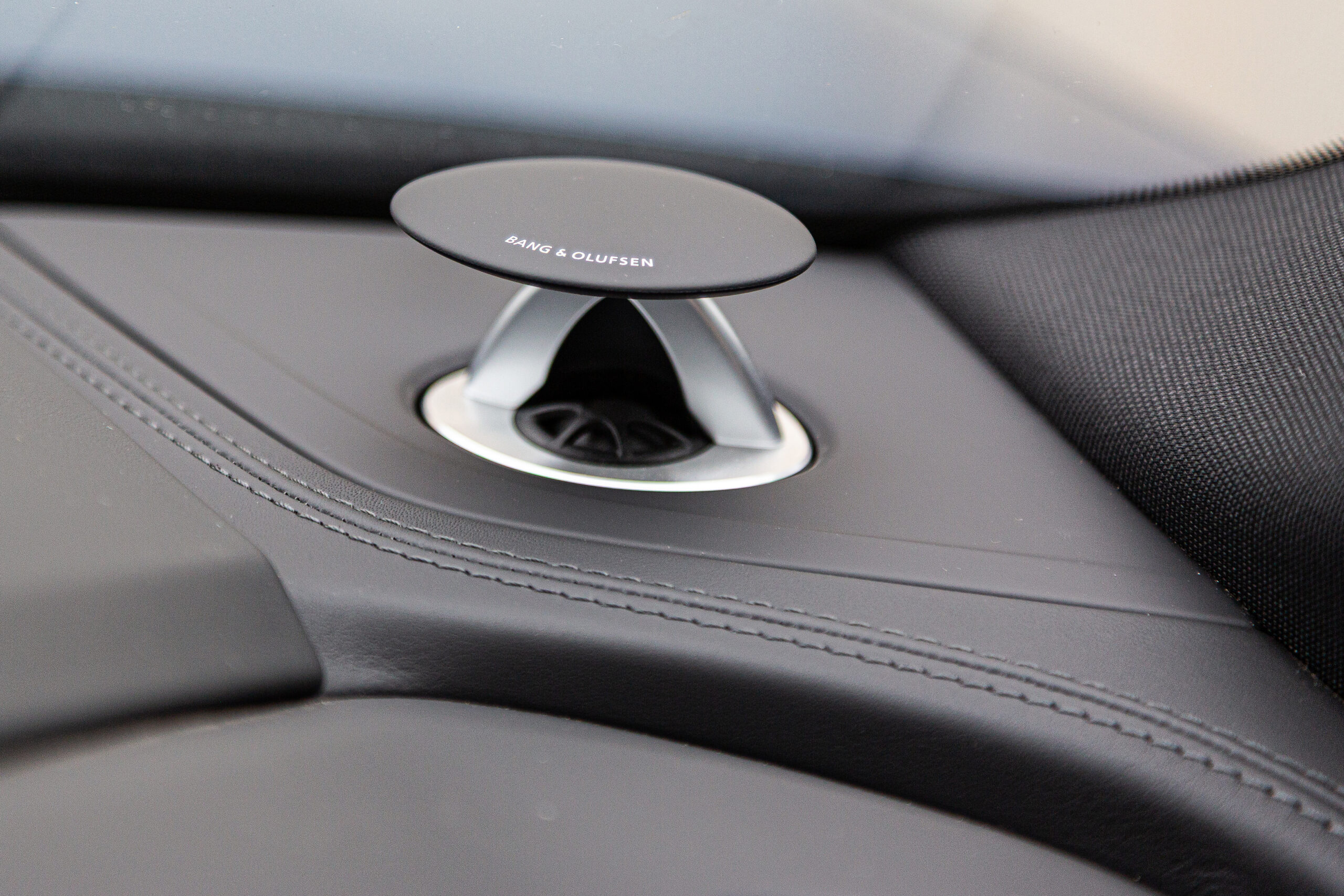
RS Q8 Performance buyers won’t be charged exorbitant amounts to fit a tow bar and tinted windows, but you’d think that when you’re shopping in the R3-million-plus market, those items would be standard.
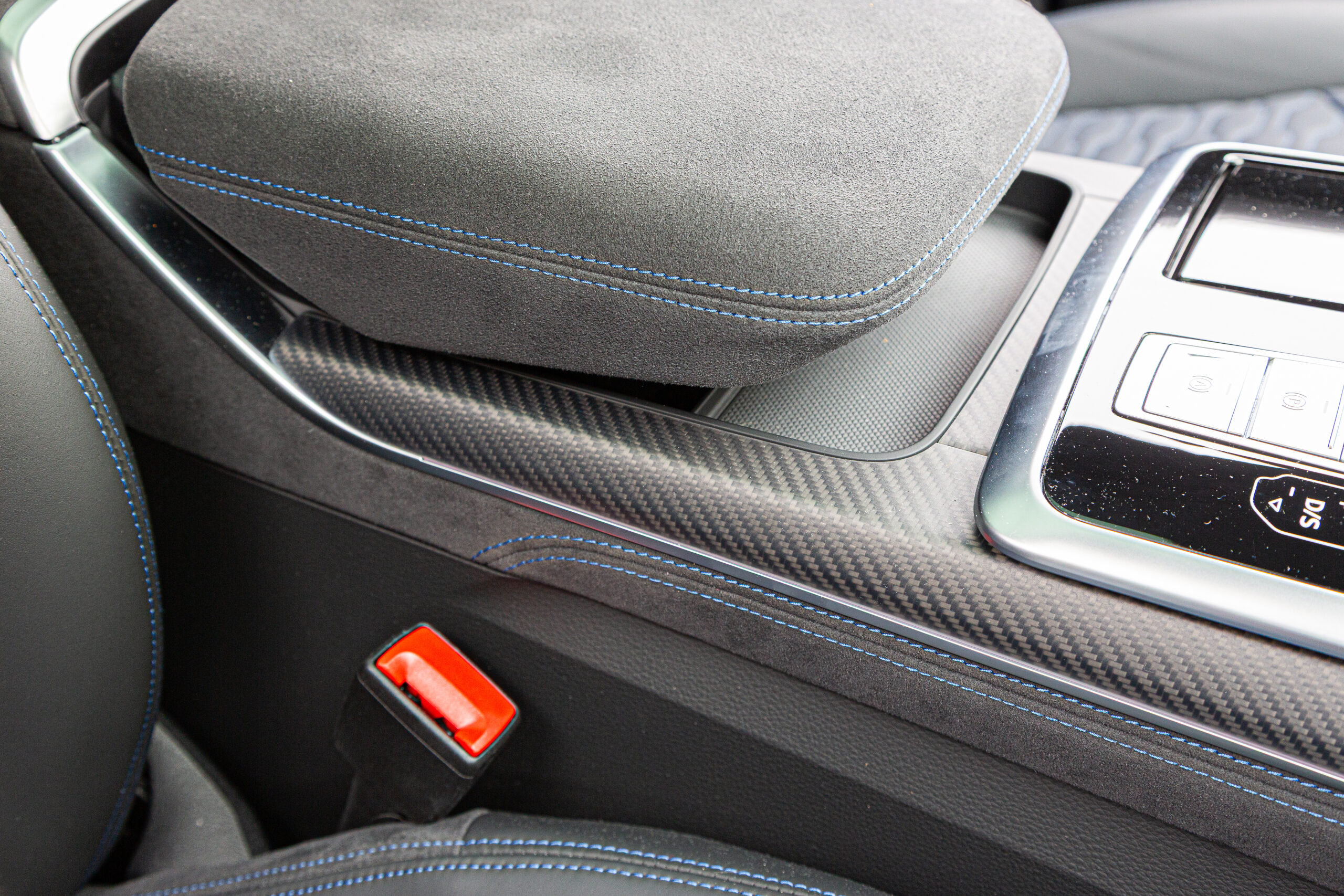
Meanwhile, the Audi’s (heated and ventilated) front sports seats not only look beautifully sculpted, they offer plenty of comfort and support (even if blue stitching and seatbelts seem a pricey option for R65k).
Playing with the Ingolstadt-based brand’s online configurator can keep you occupied for hours; the array of colours and wheel combinations is almost limitless, but they quickly add up, so “spec carefully”.
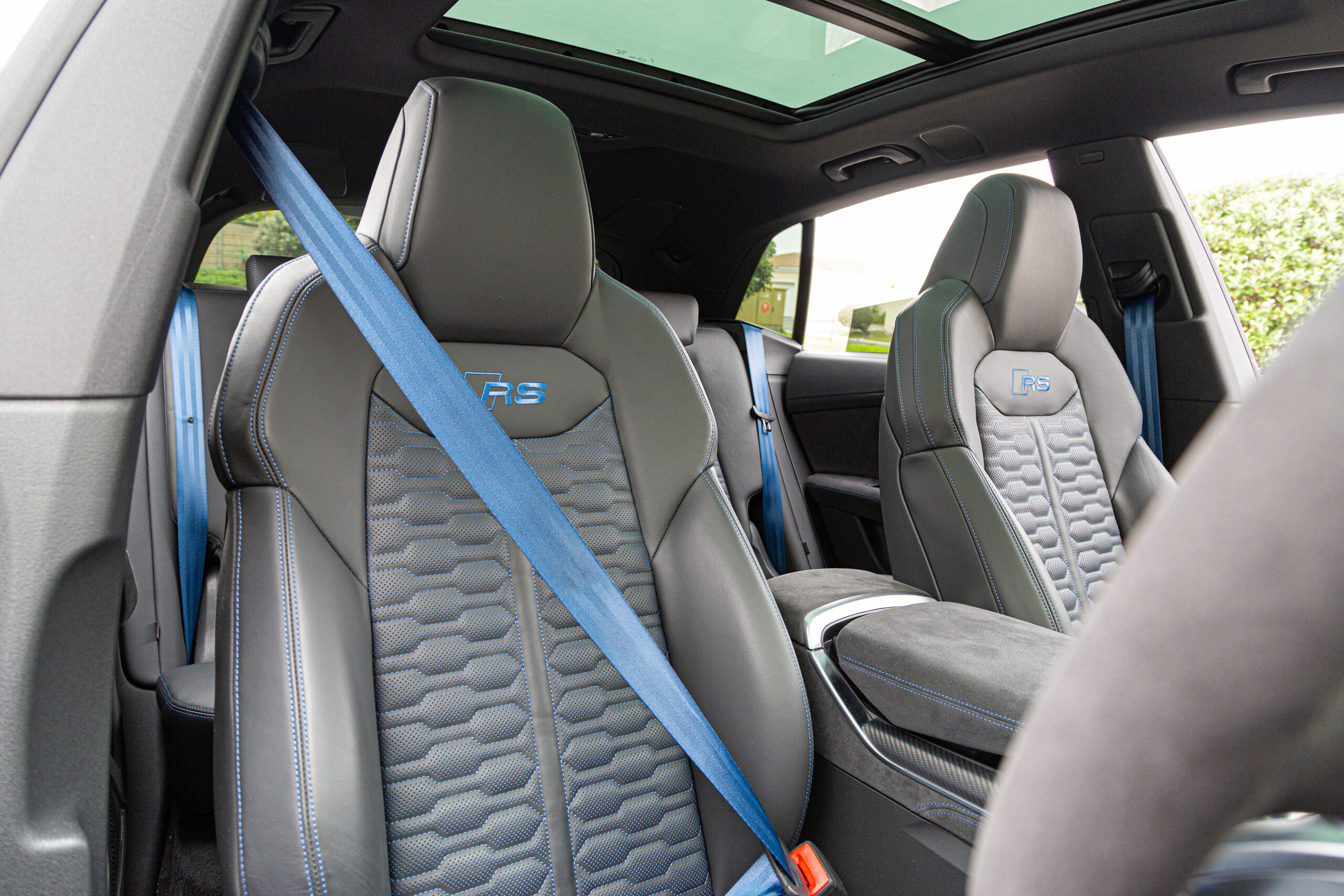
Audi RS Q8 Performance price and after-sales support
The Audi RS Q8 quattro Performance costs R3 266 100 (July 2025), which includes a 5-year/100 000 km Audi Freeway comprehensive service and maintenance plan and a 1-year/unlimited km warranty.
Search for a new/used Audi listed for sale on Cars.co.za
See also: Audi Specs & Prices in South Africa
Verdict

The Audi RS Q8 Performance is an astonishingly accomplished offering. Beyond the magnificent manner in which it can unleash 471 kW/850 Nm on terra firma, it’s a practical, easy-to-drive and civilised luxury family car that can cover long distances in great comfort. Versatility/adaptability is its secret weapon.
Should you buy one? Yes, the phrase “value for money” seems trivial when you’re willing to pay more than R3.2 million for a performance SUV, and yet when you compare it with its direct rivals (especially the GLE 63 S coupe), Audi’s most powerful ICE model to date suddenly makes a compelling case for itself.
It’s also the newest offering in the segment, which, along with its outrageous performance and relatively keen price tag, would give you solid bragging rights. If you can afford one, well, we give it 2 thumbs up.













































